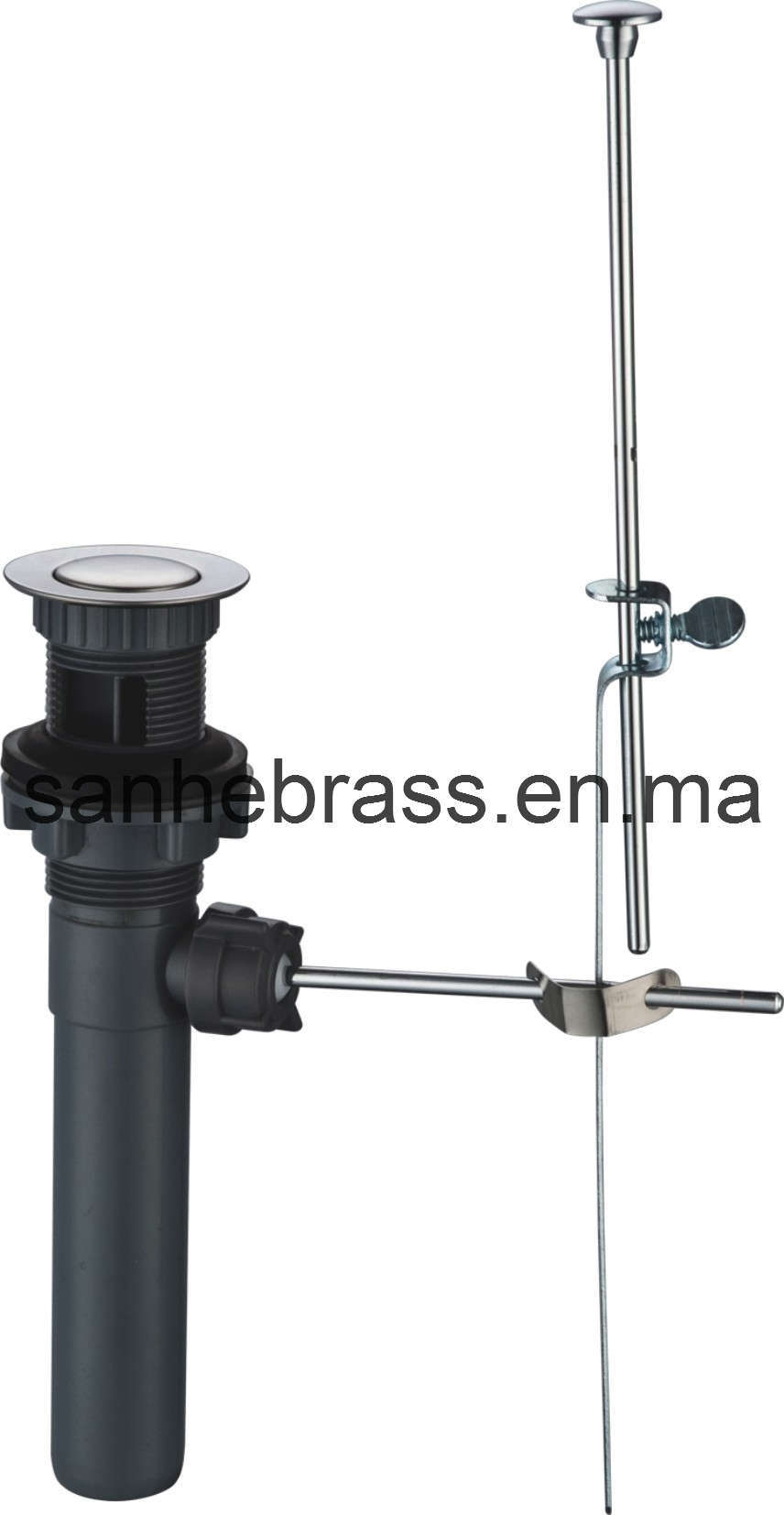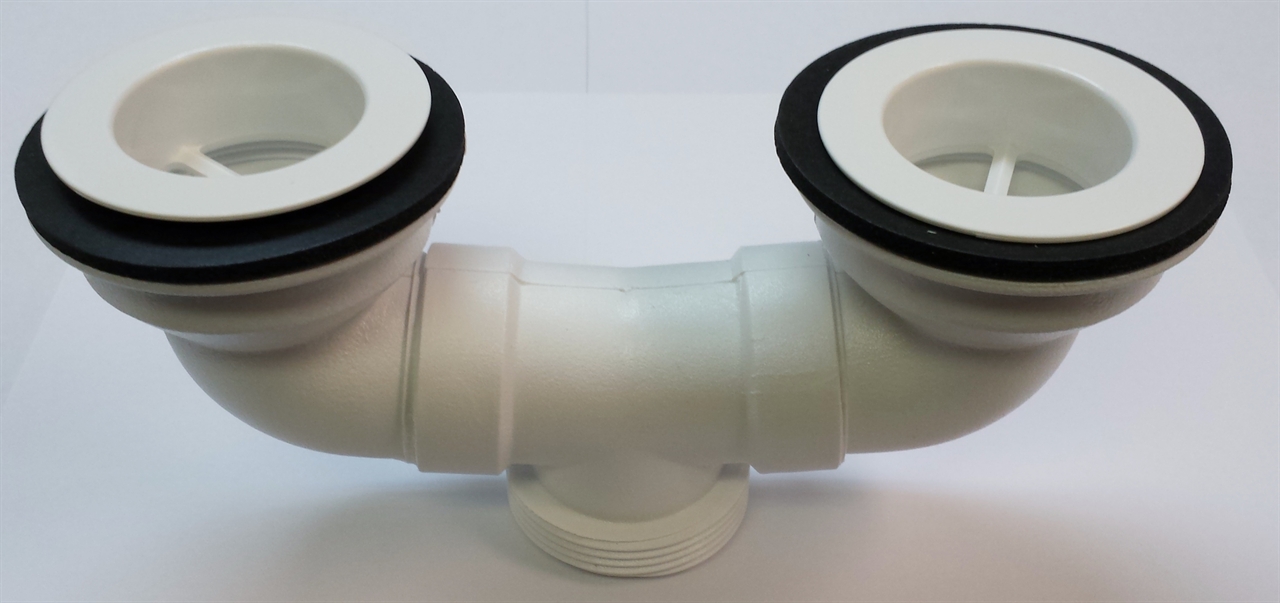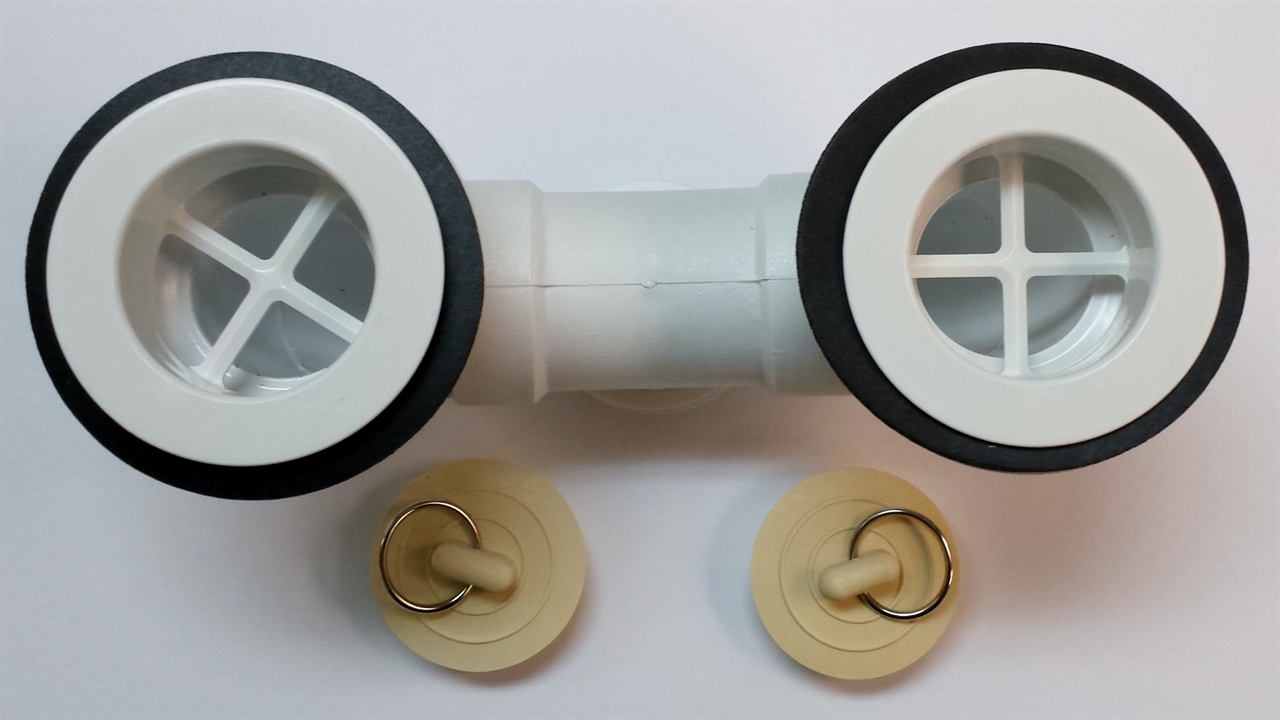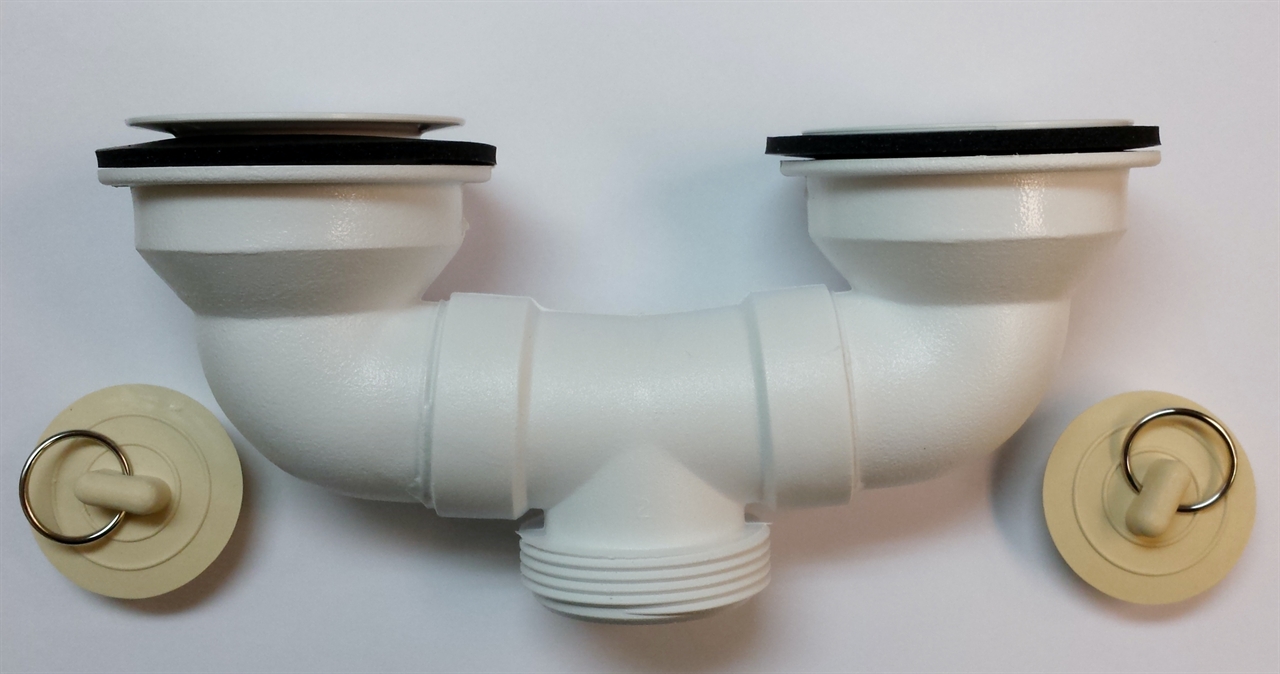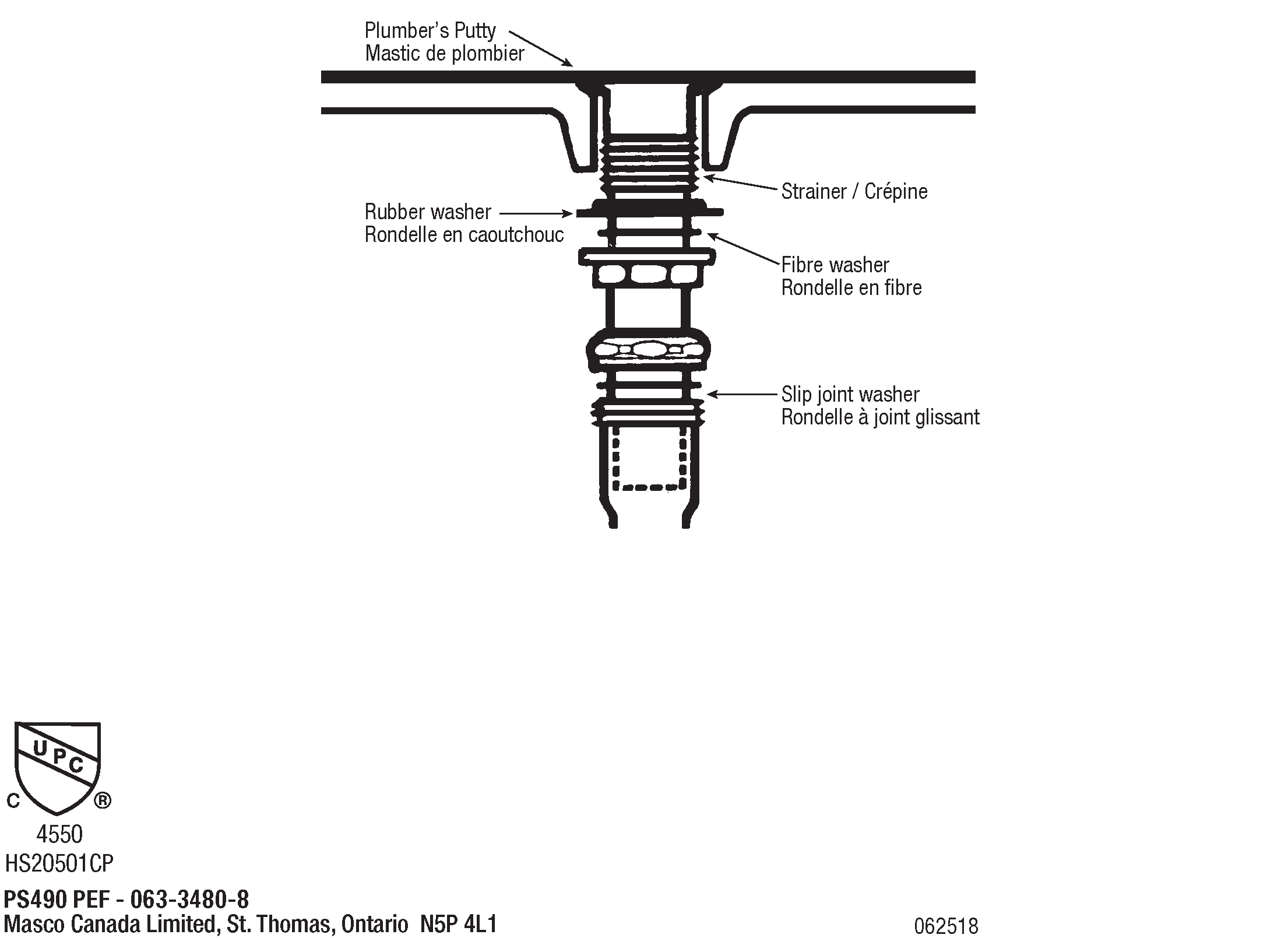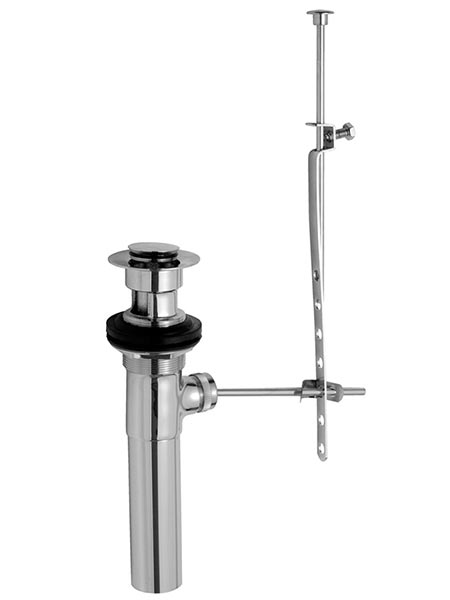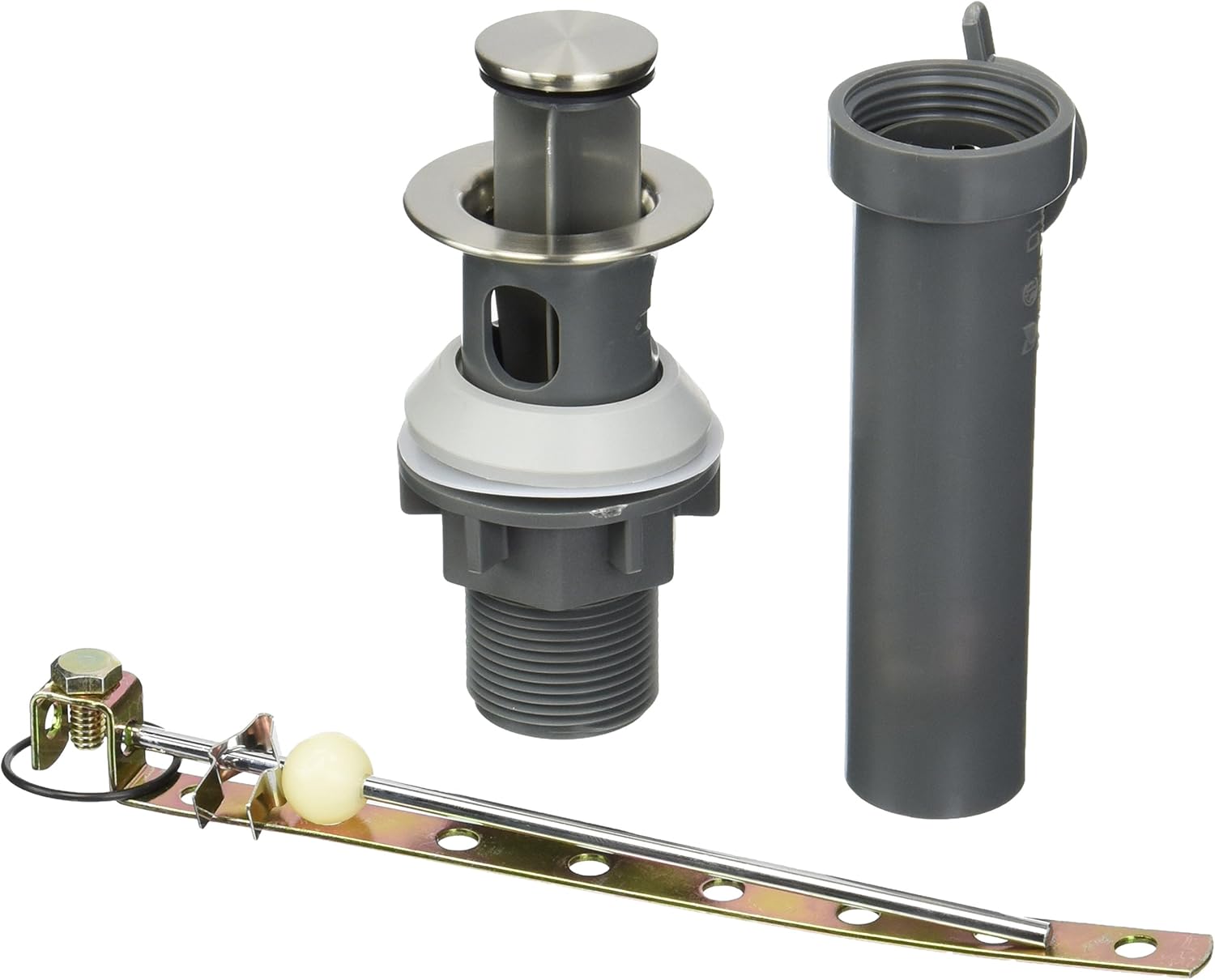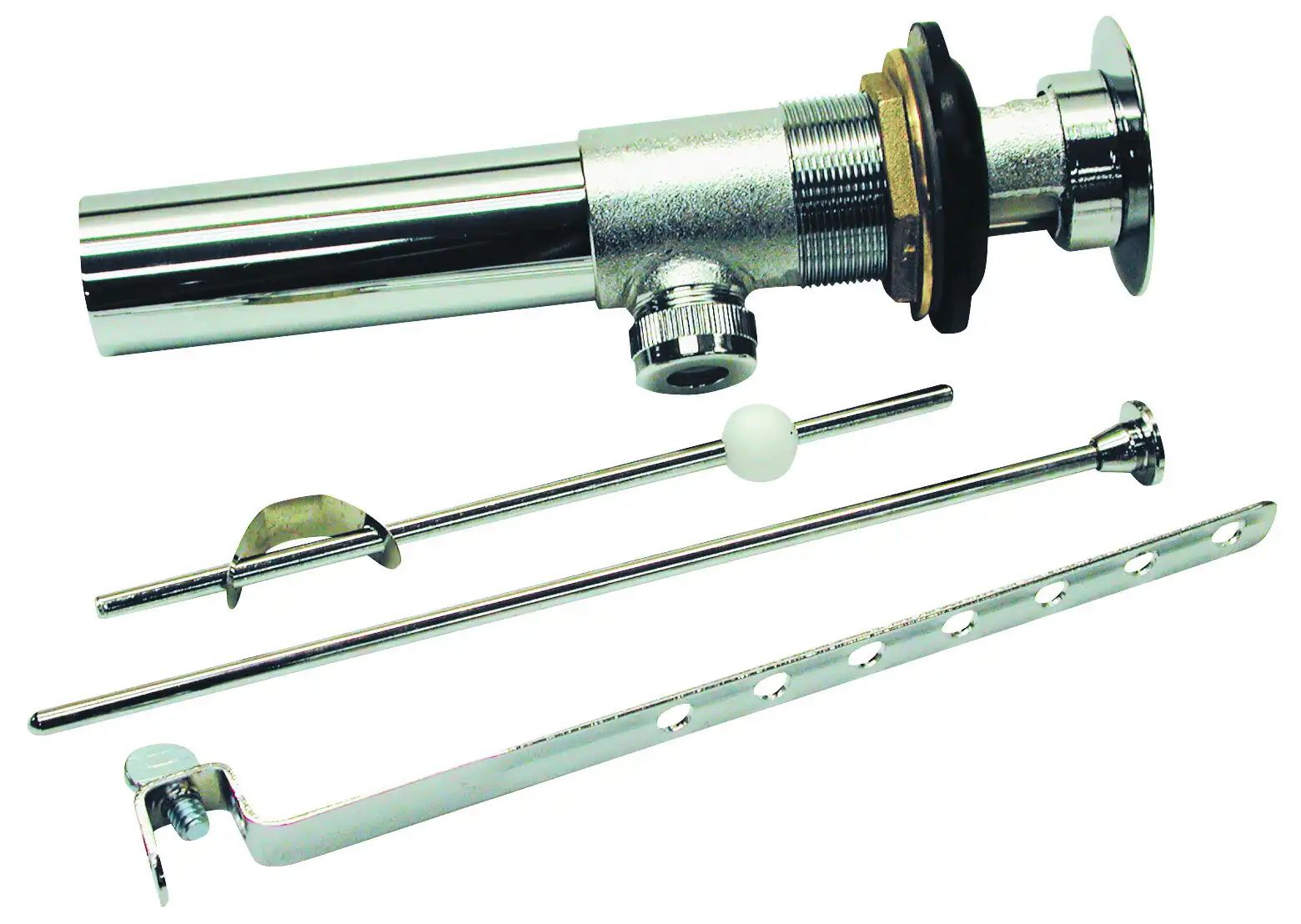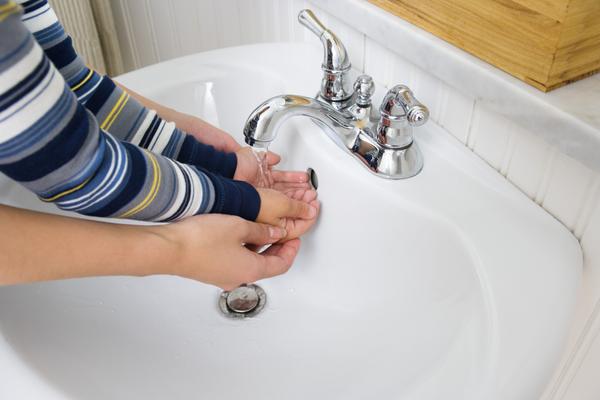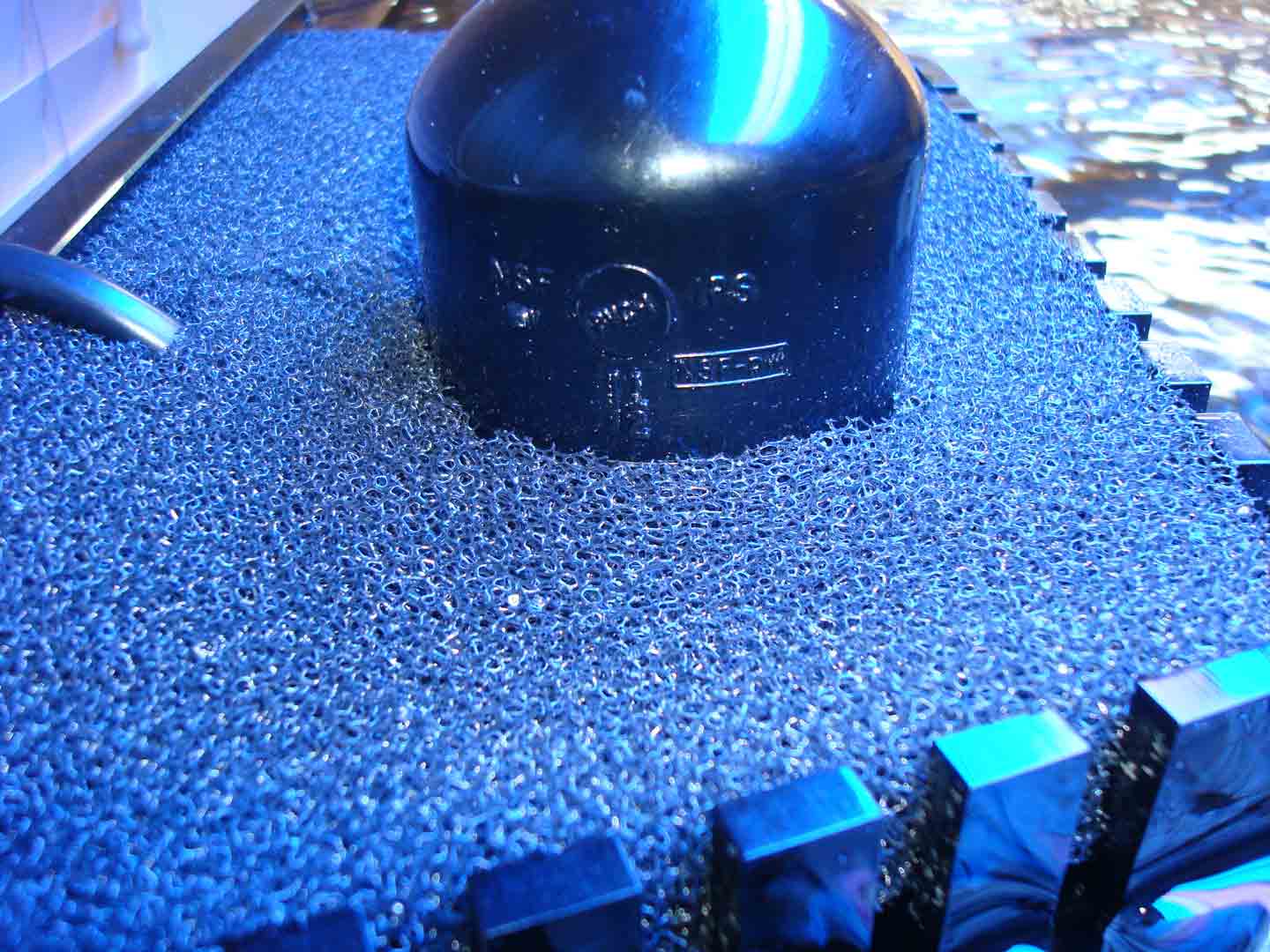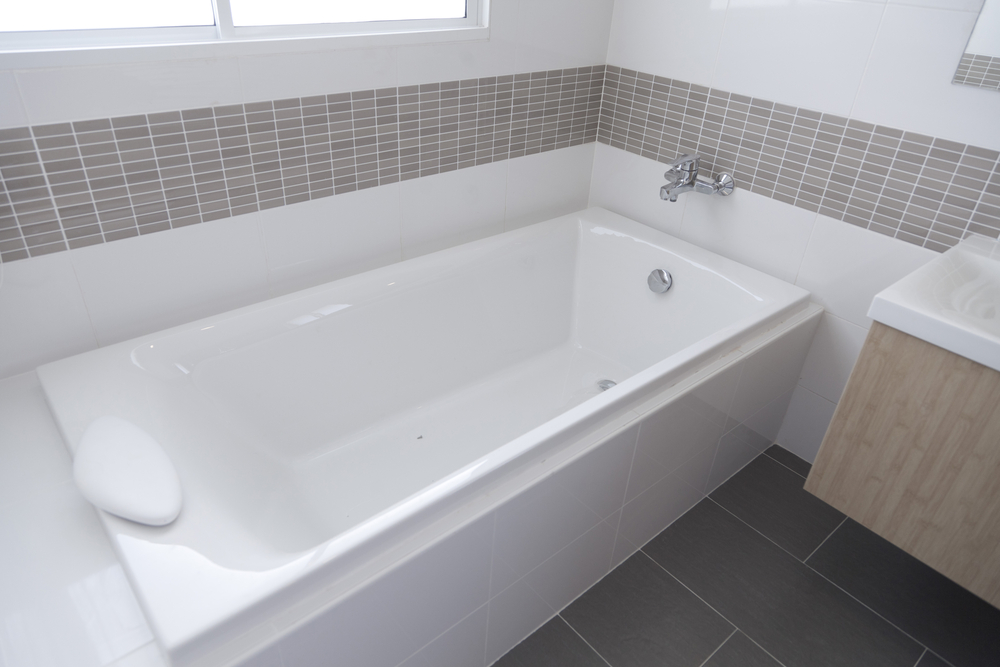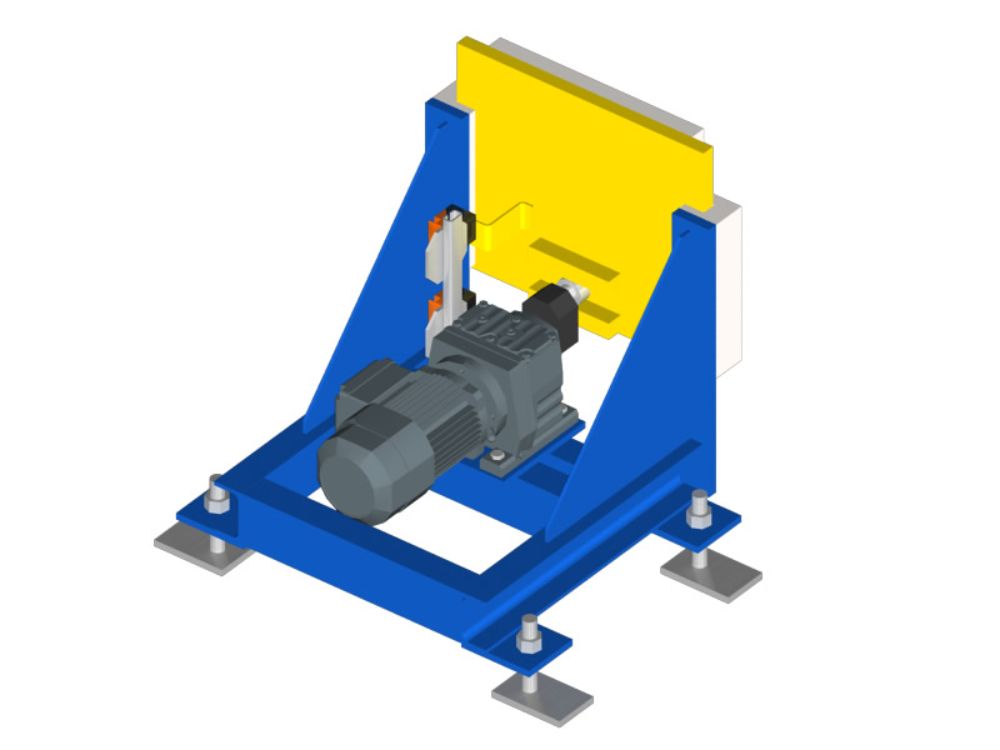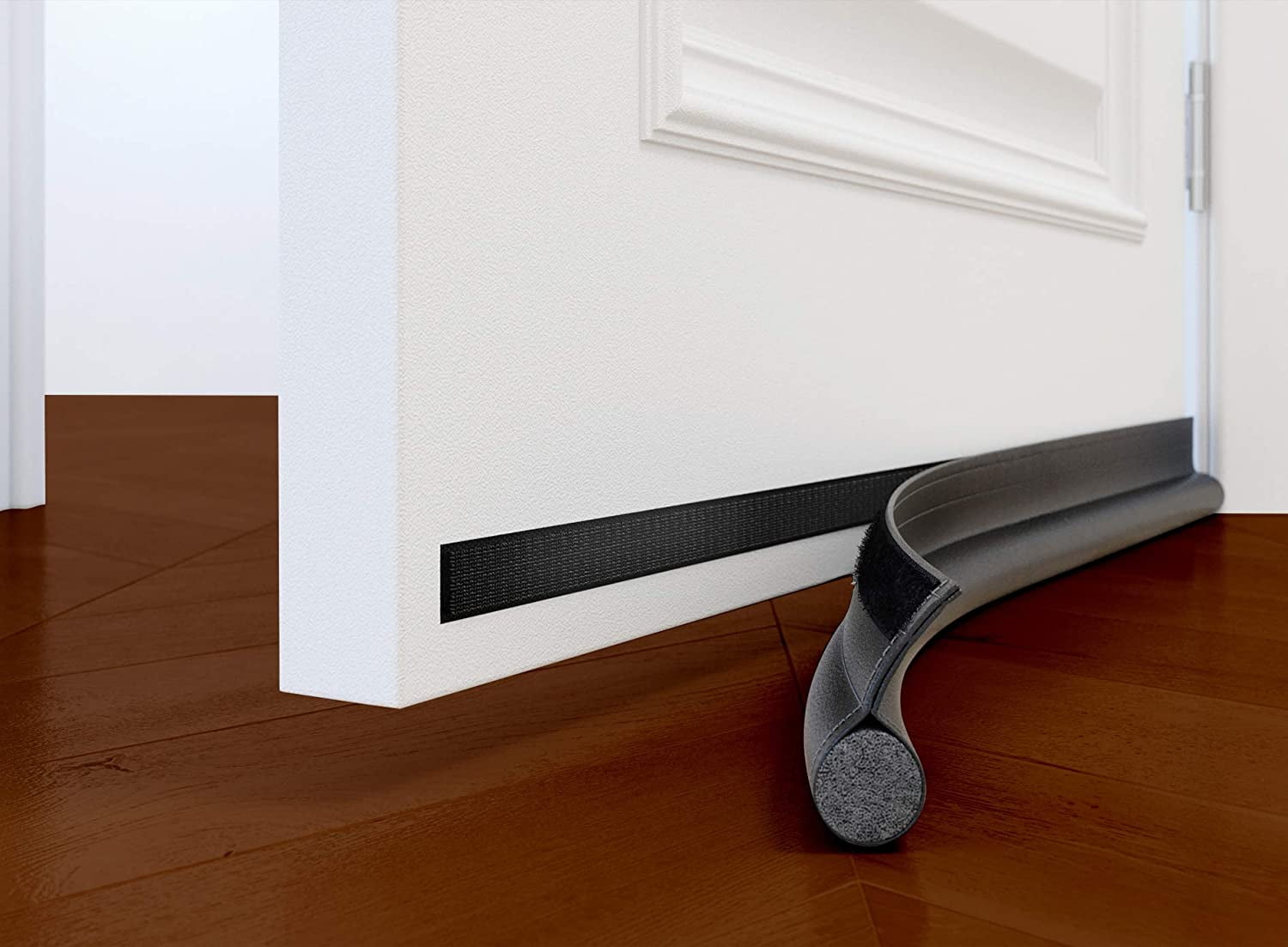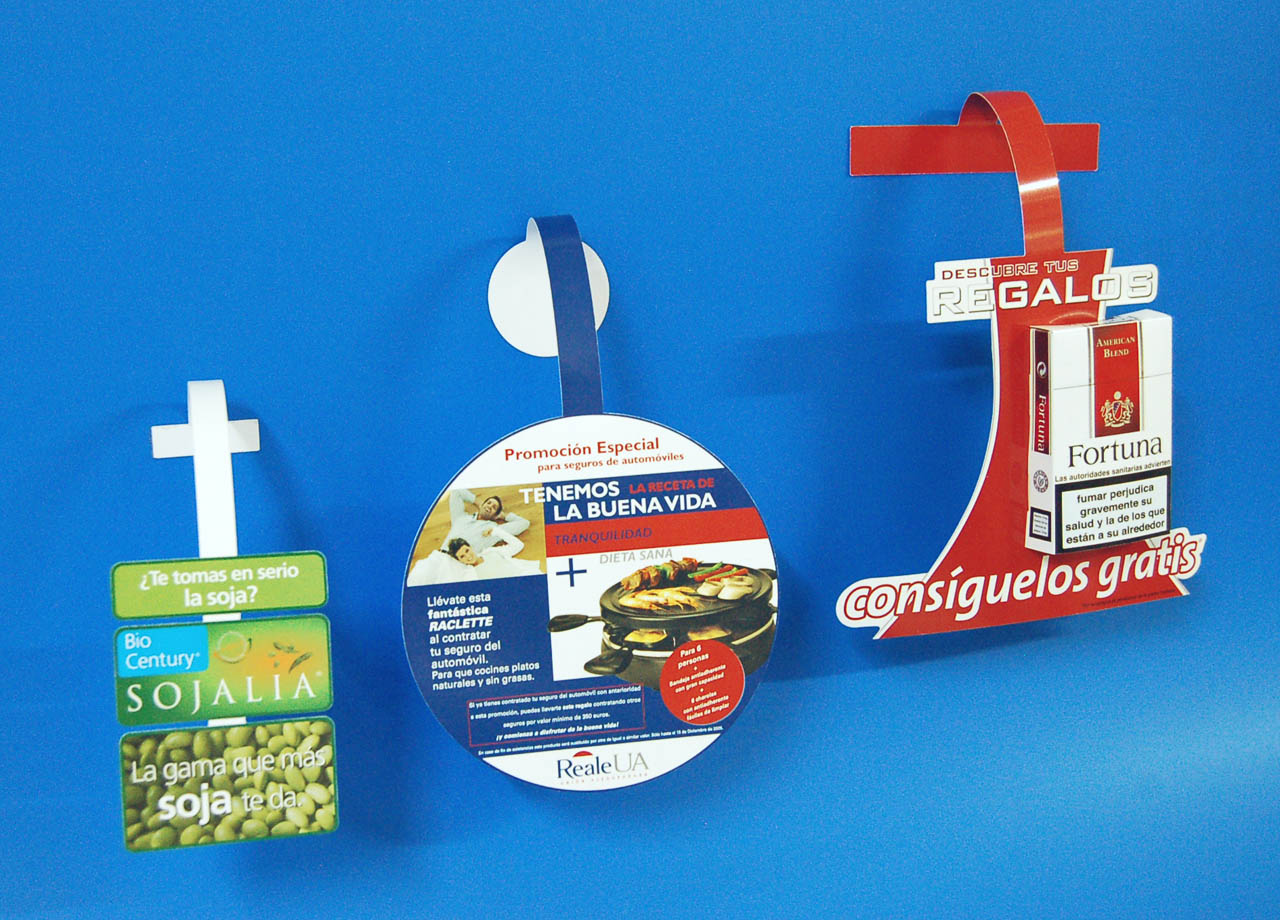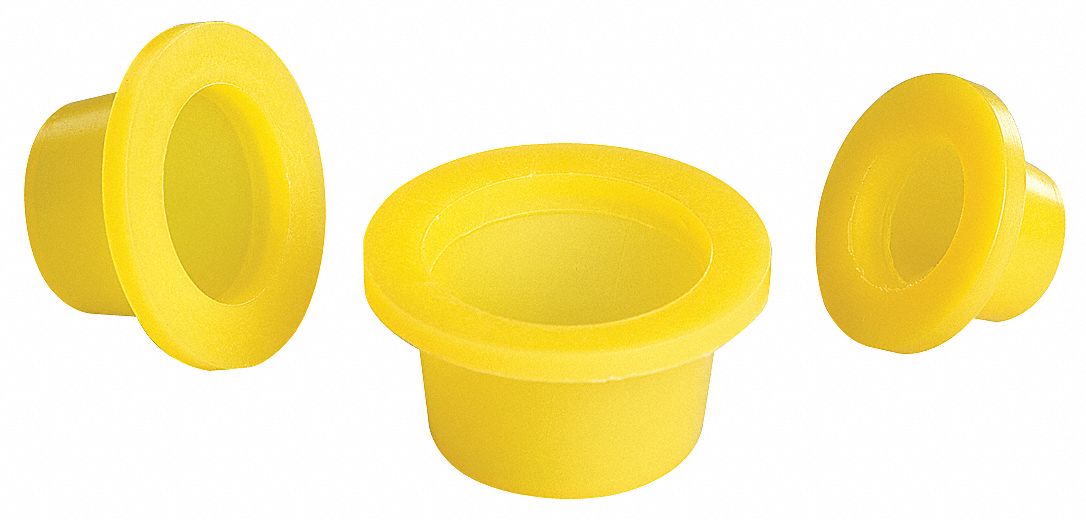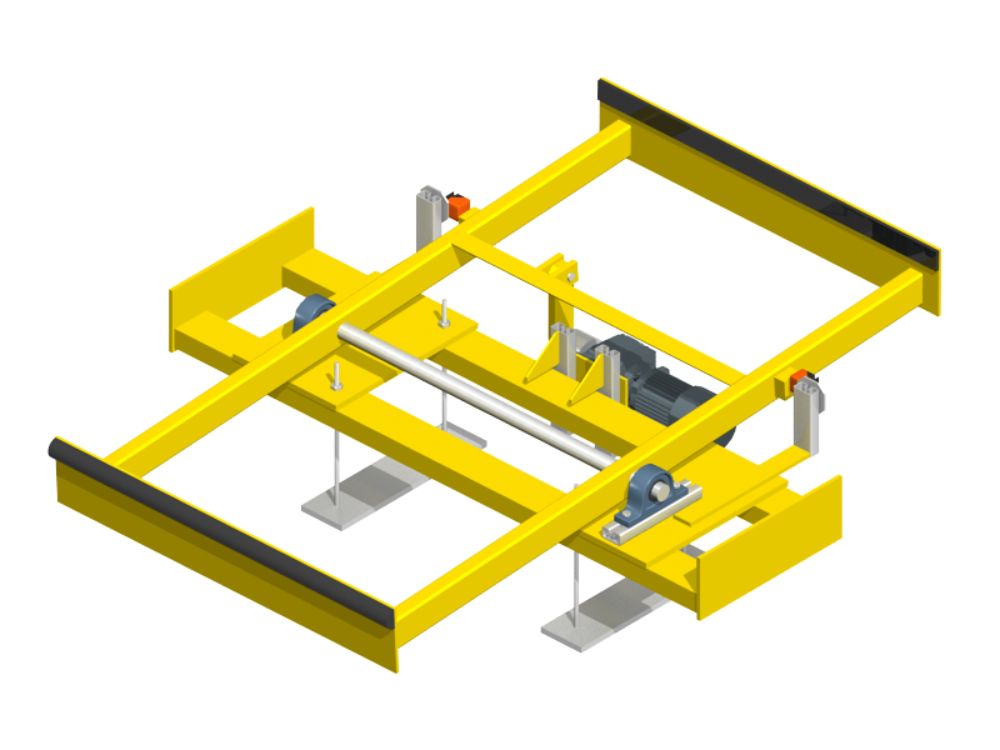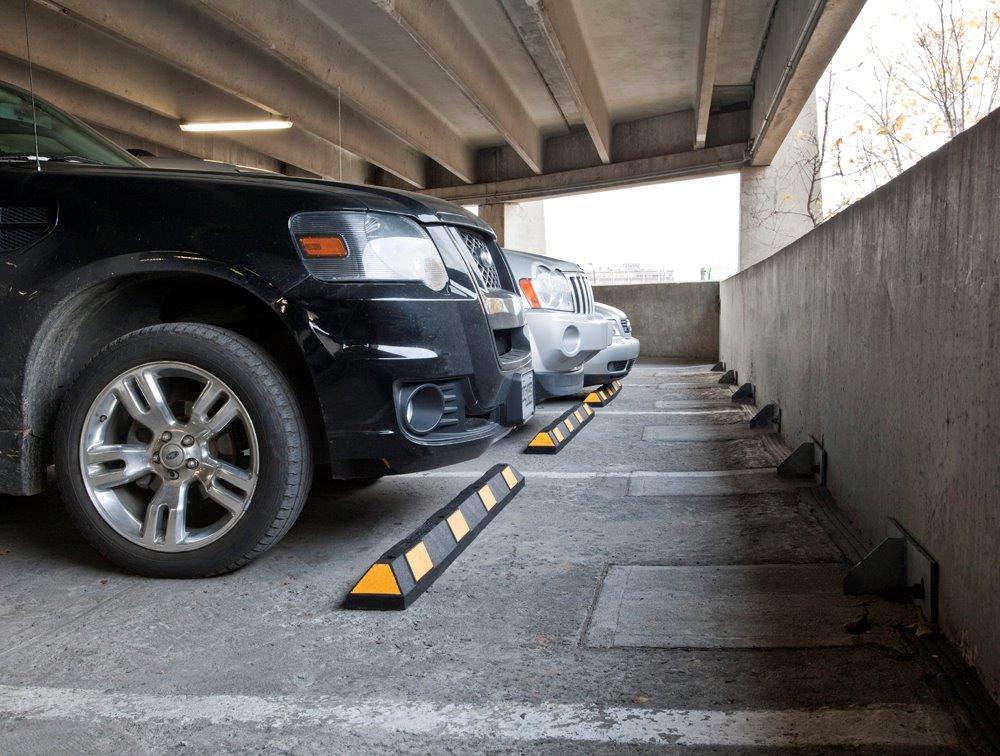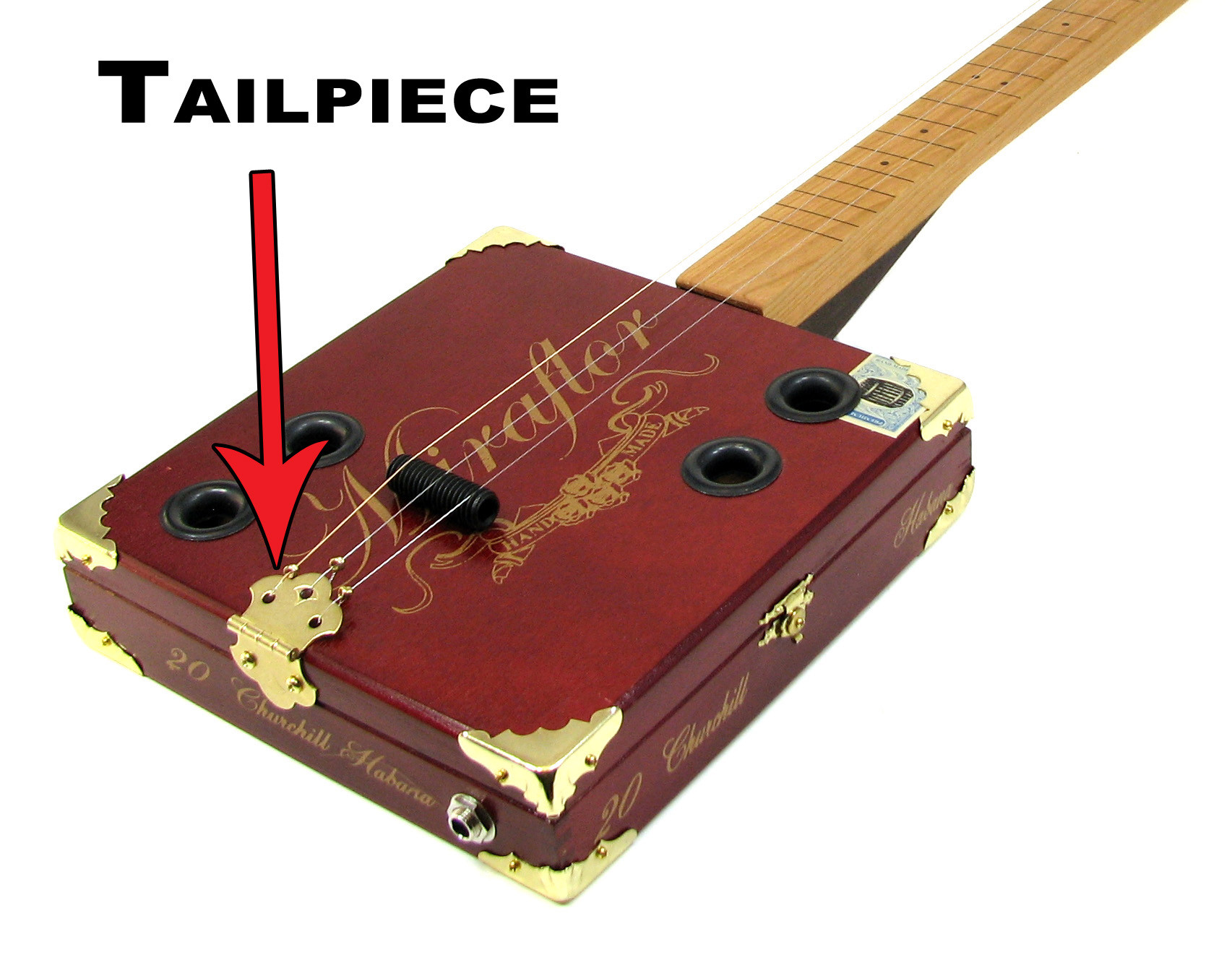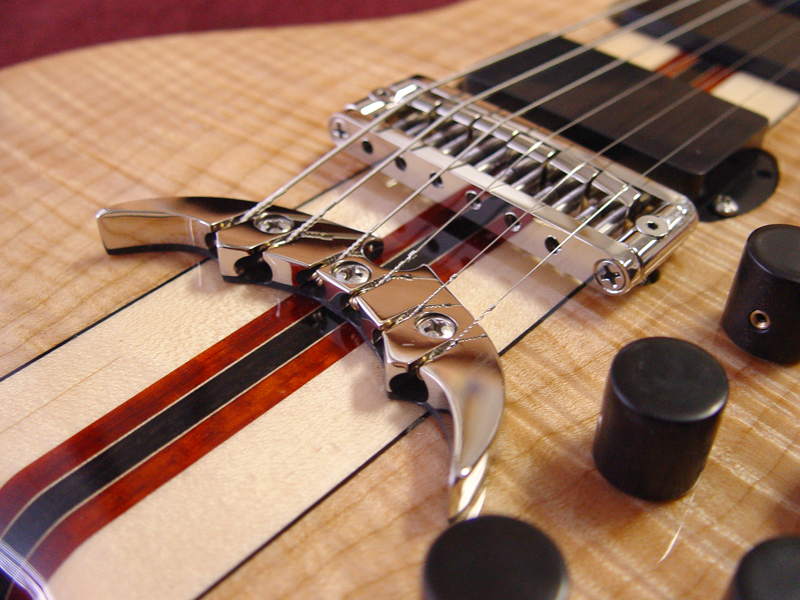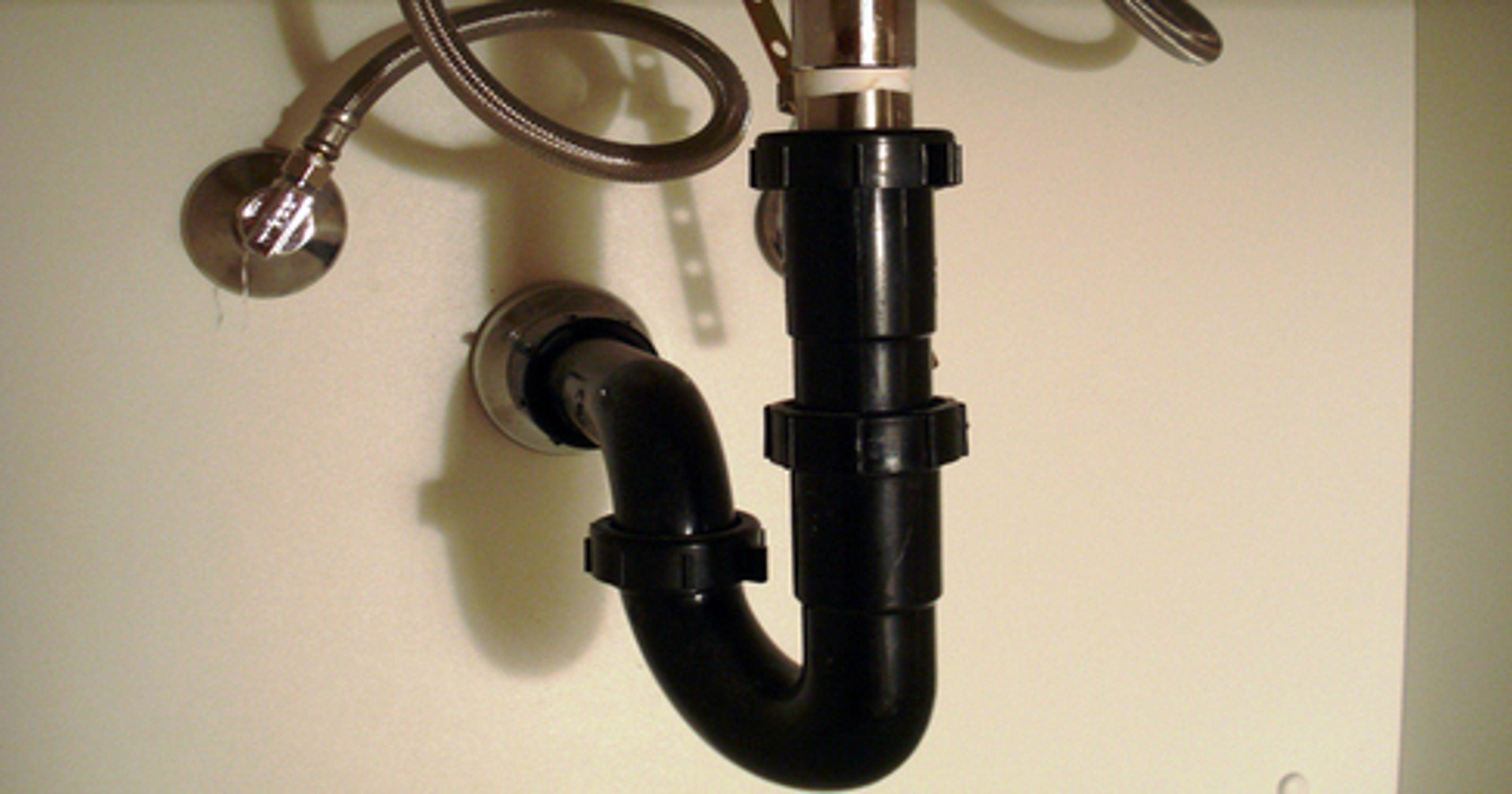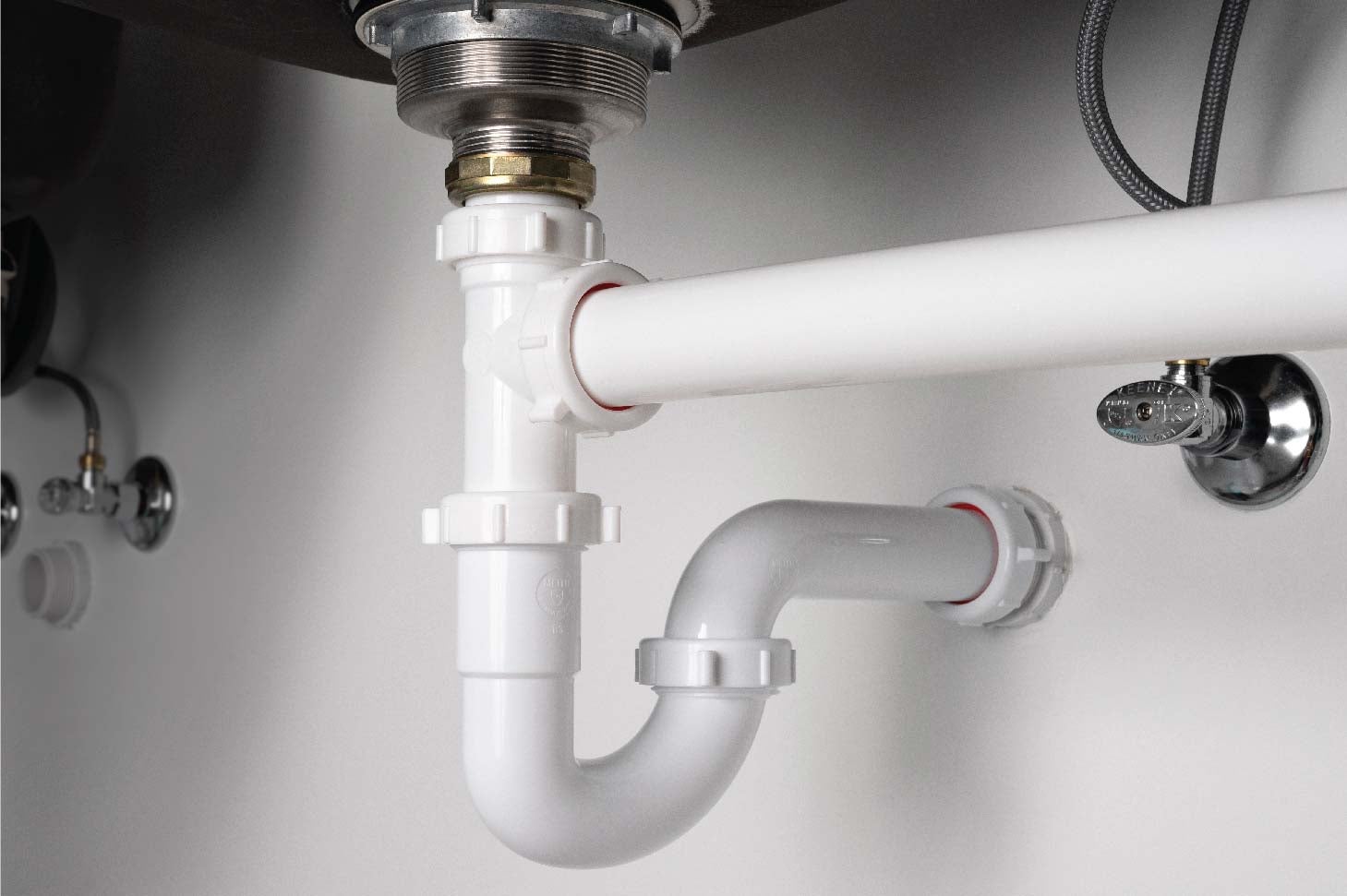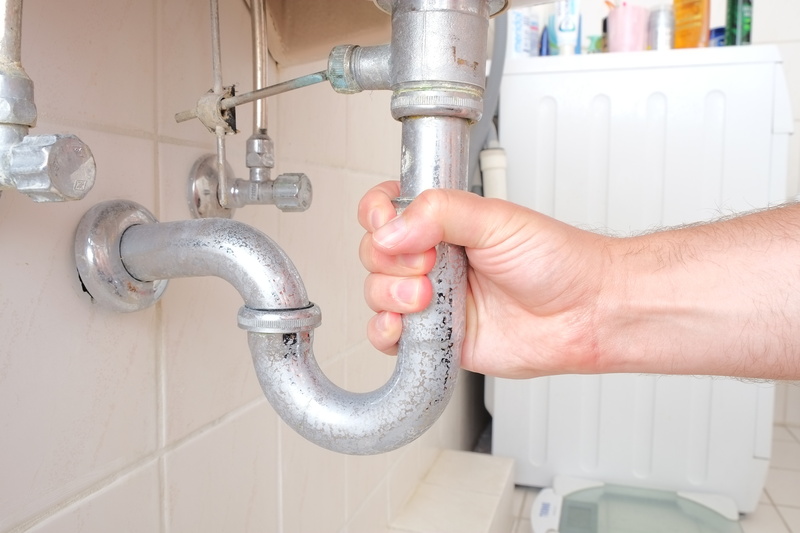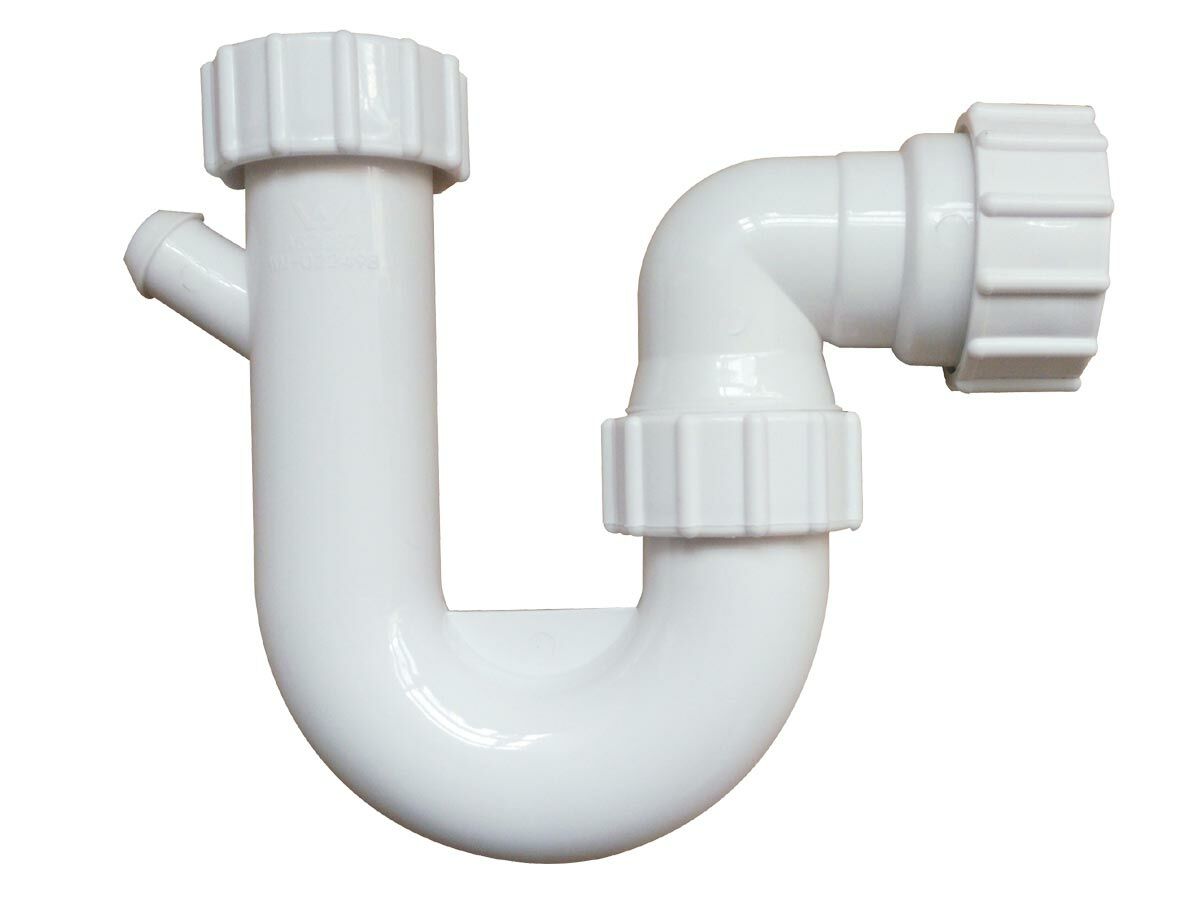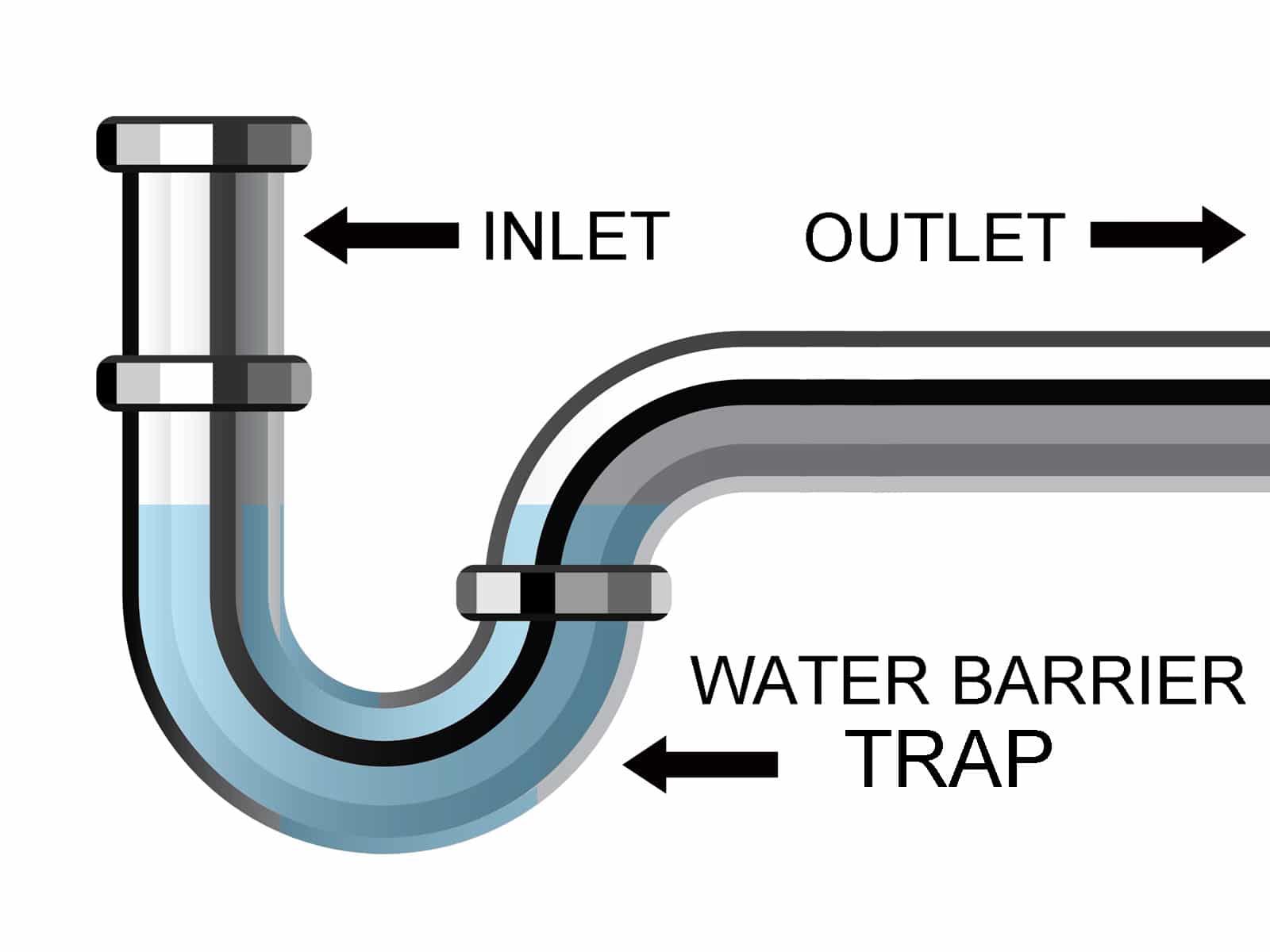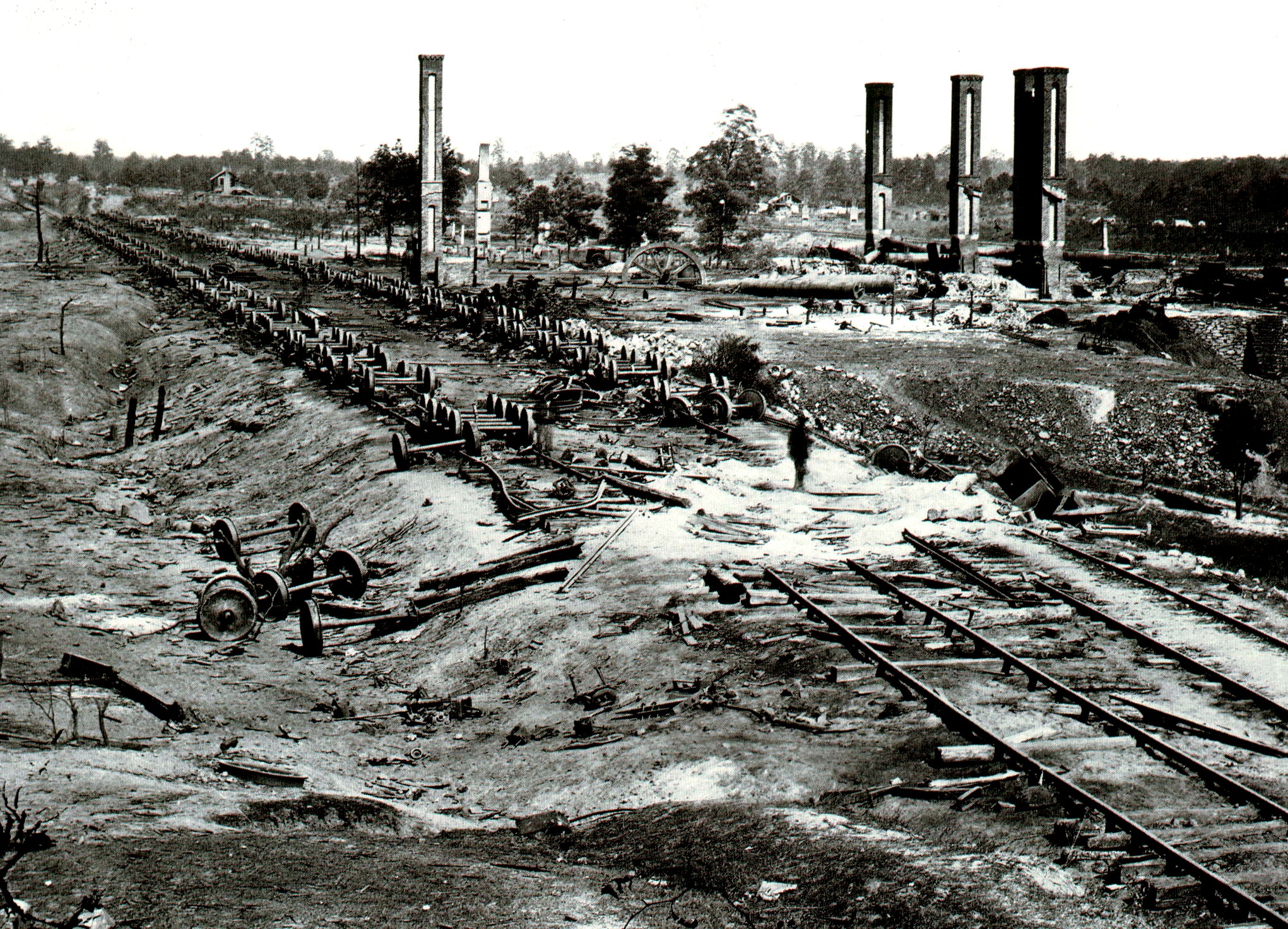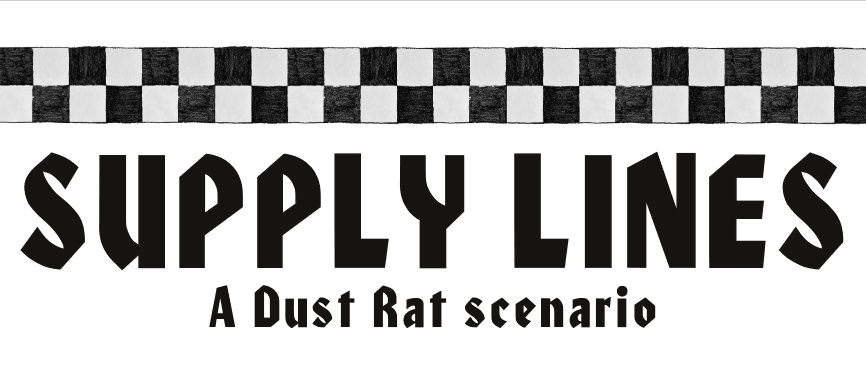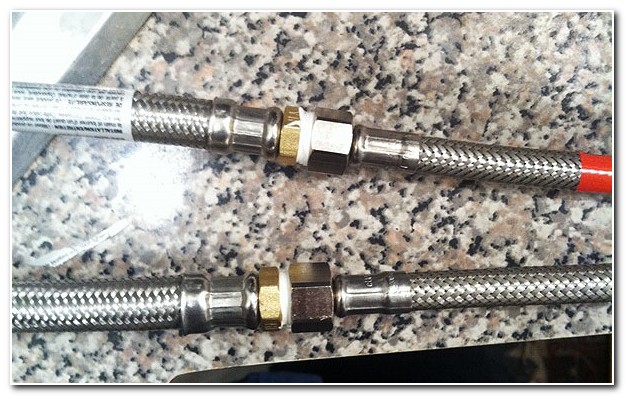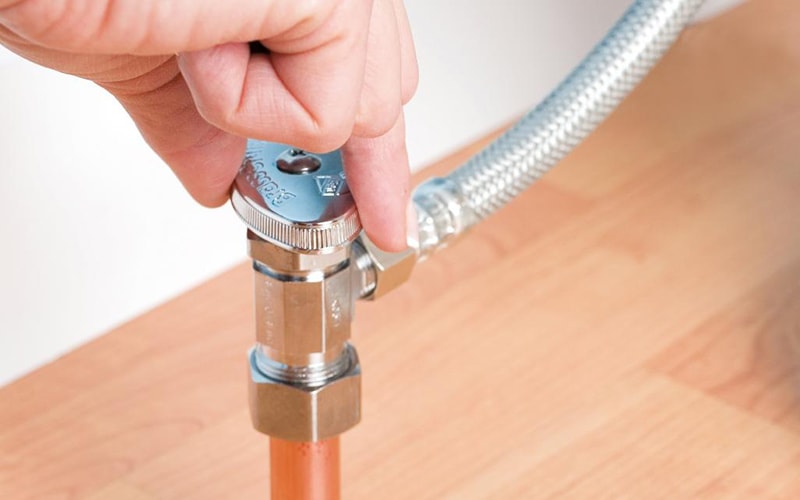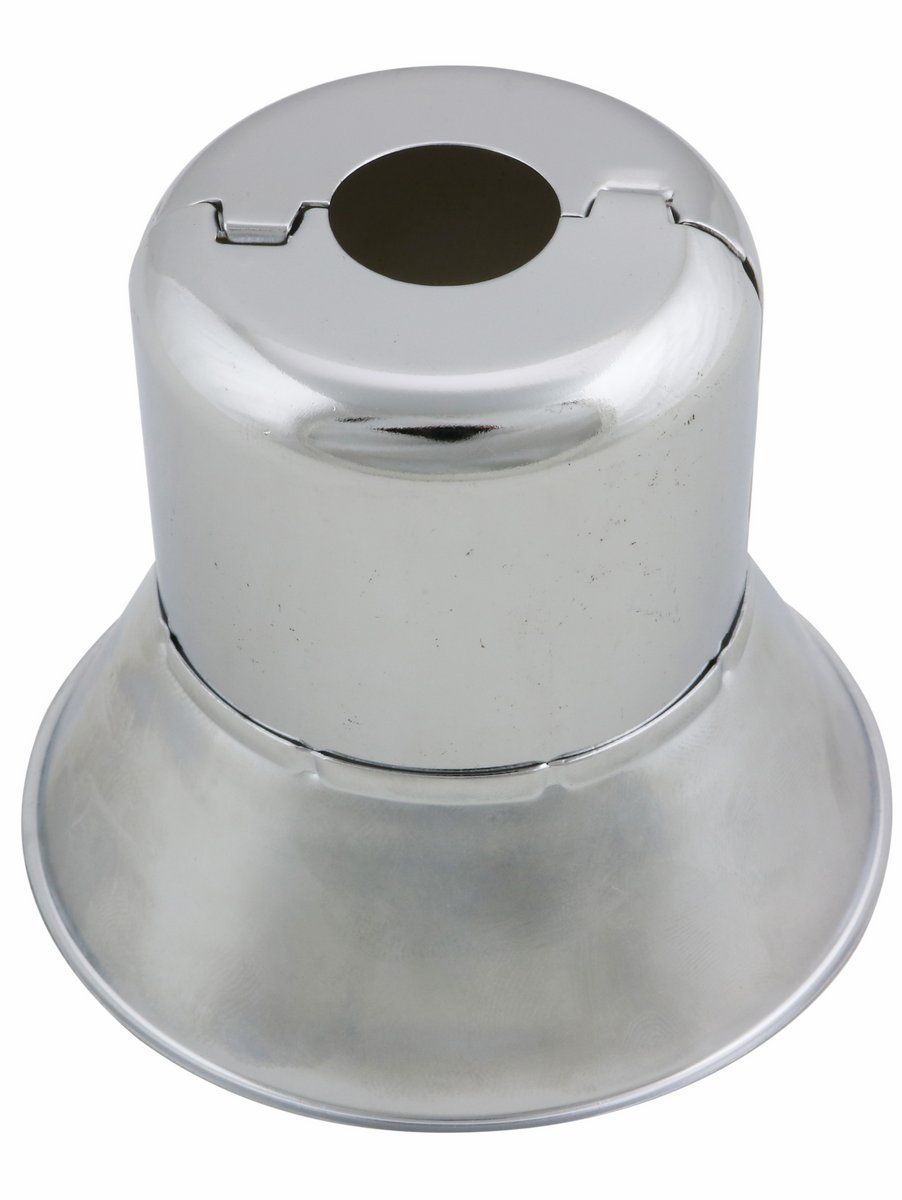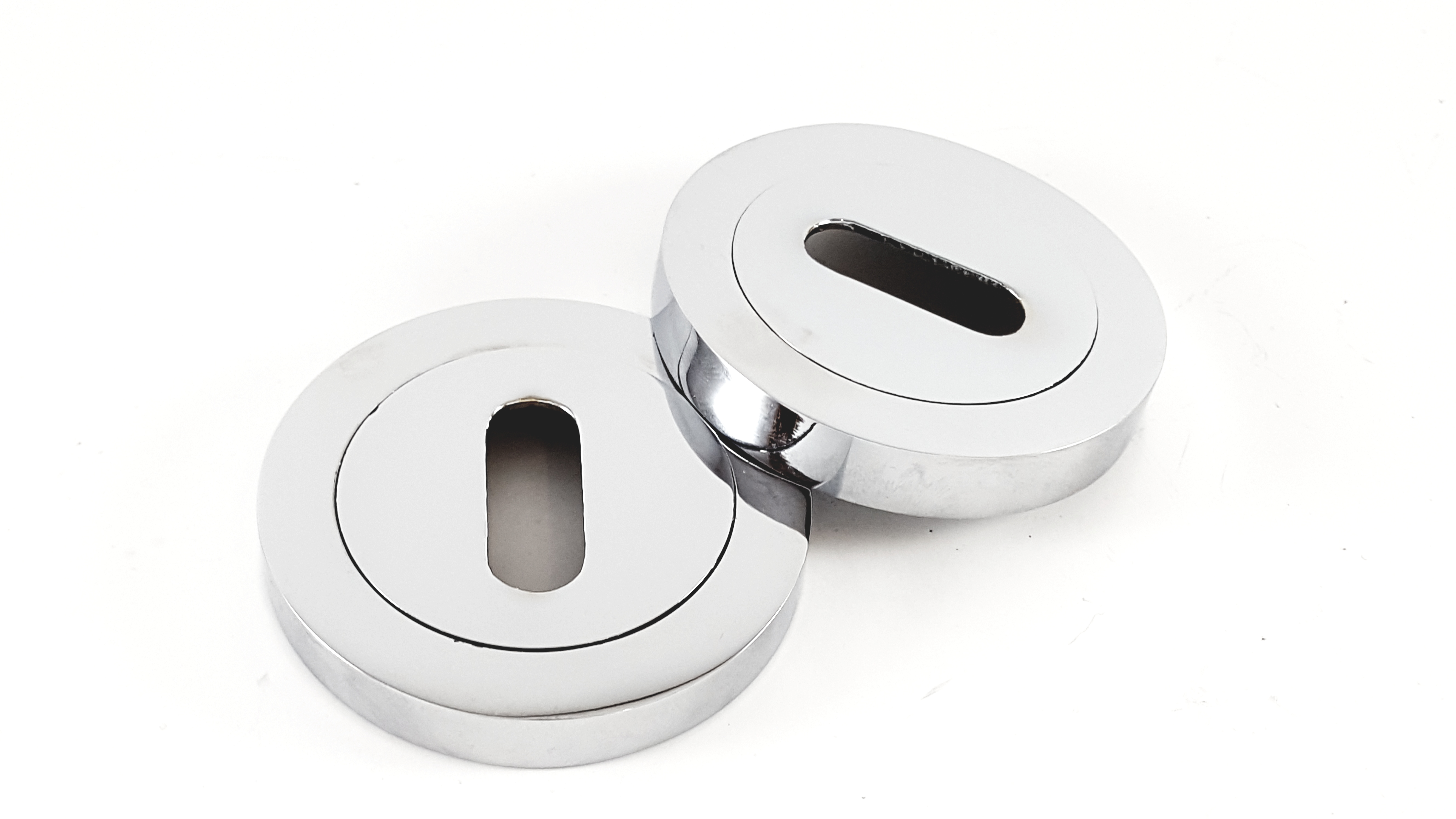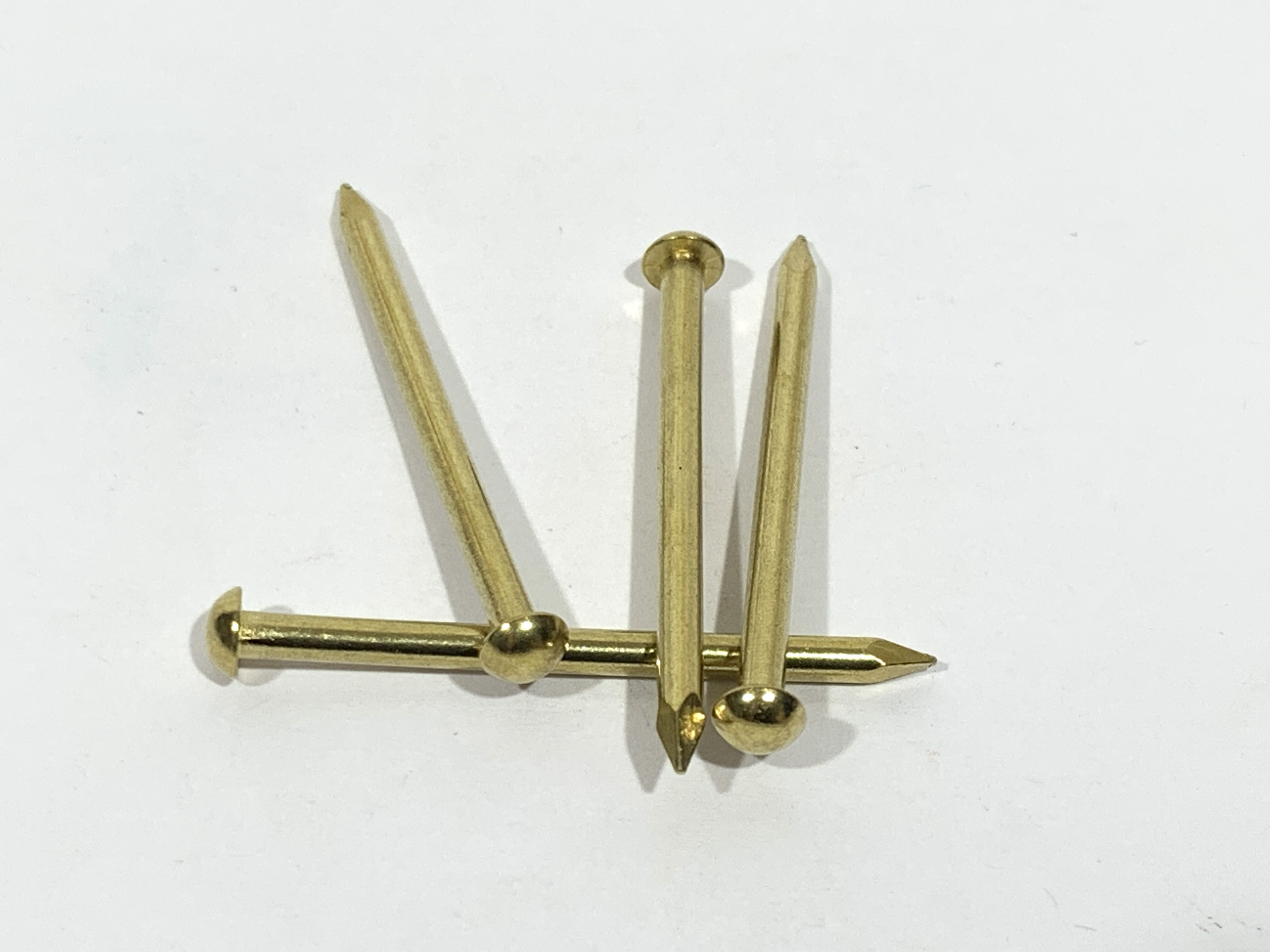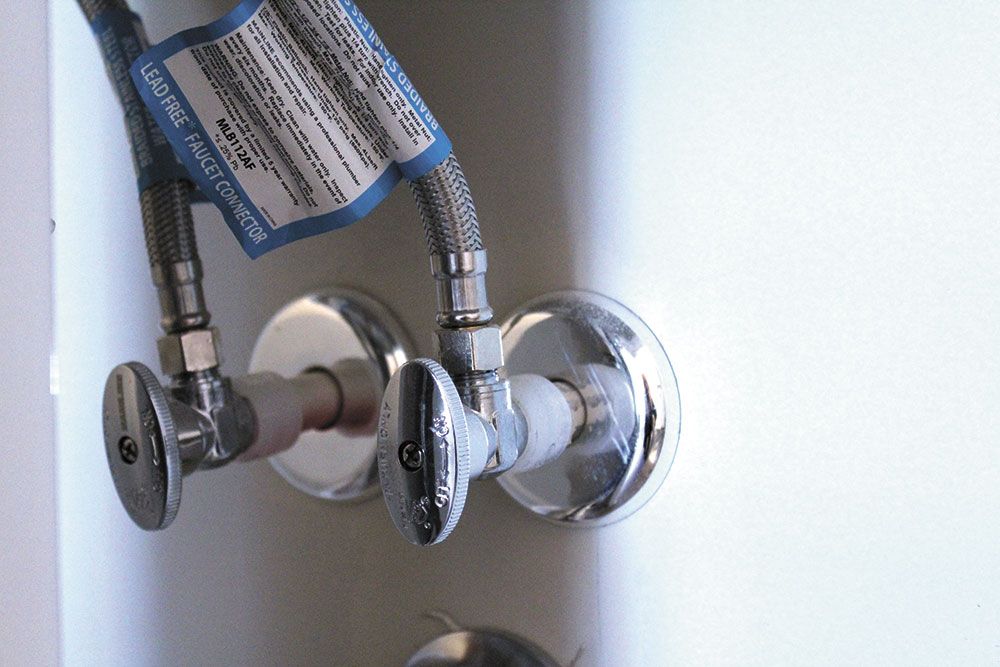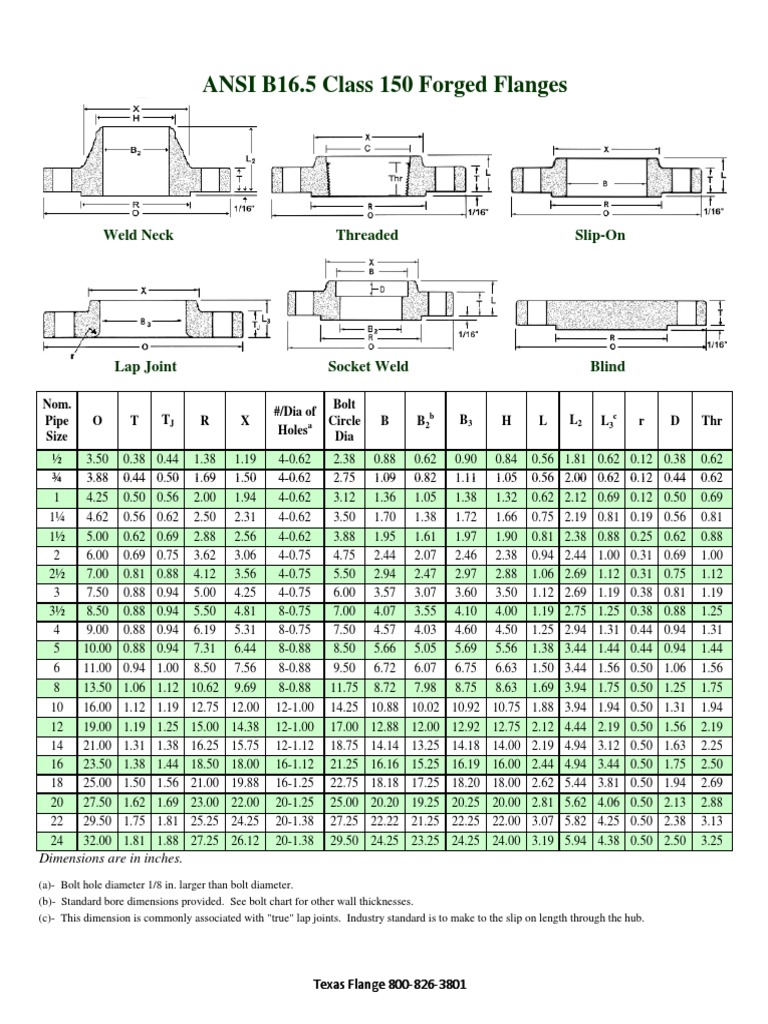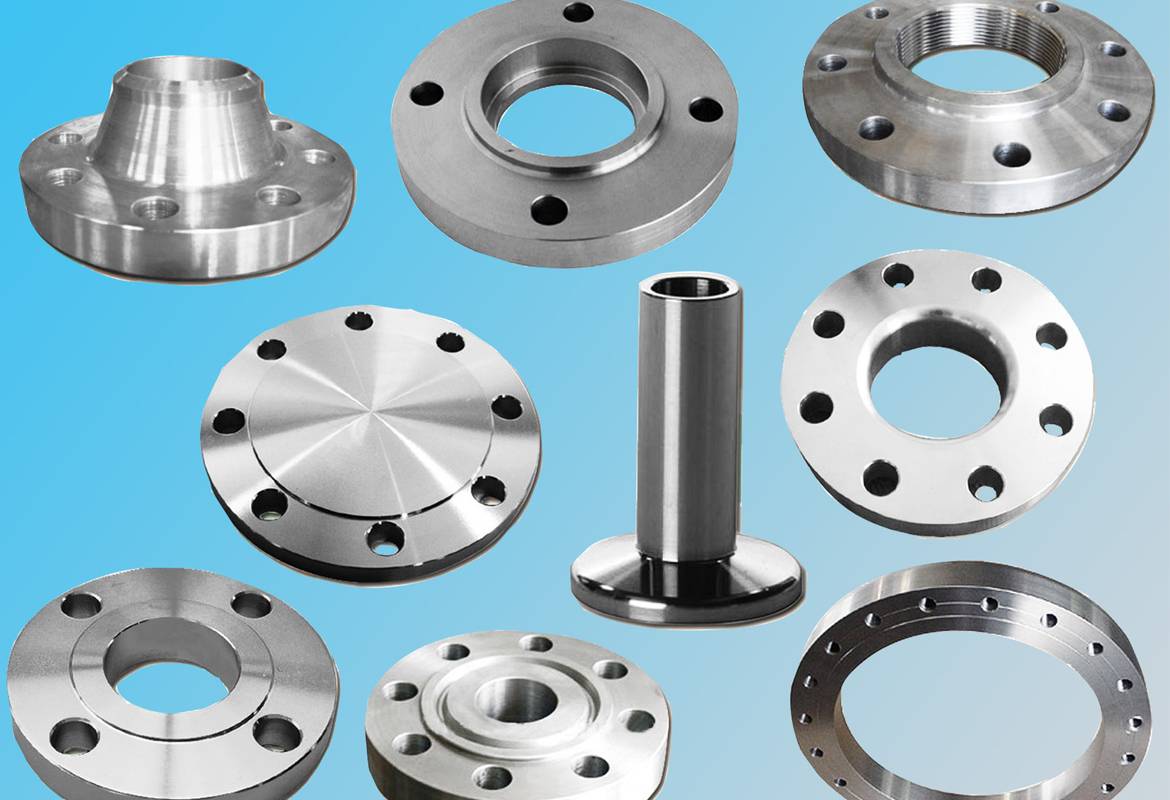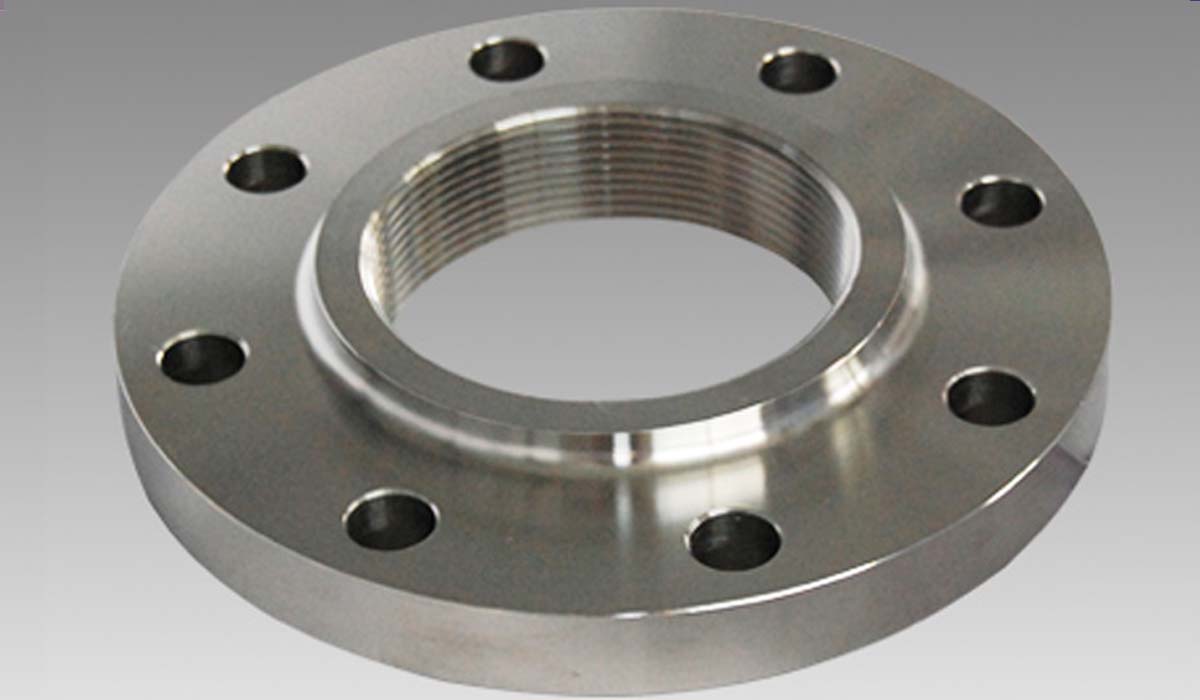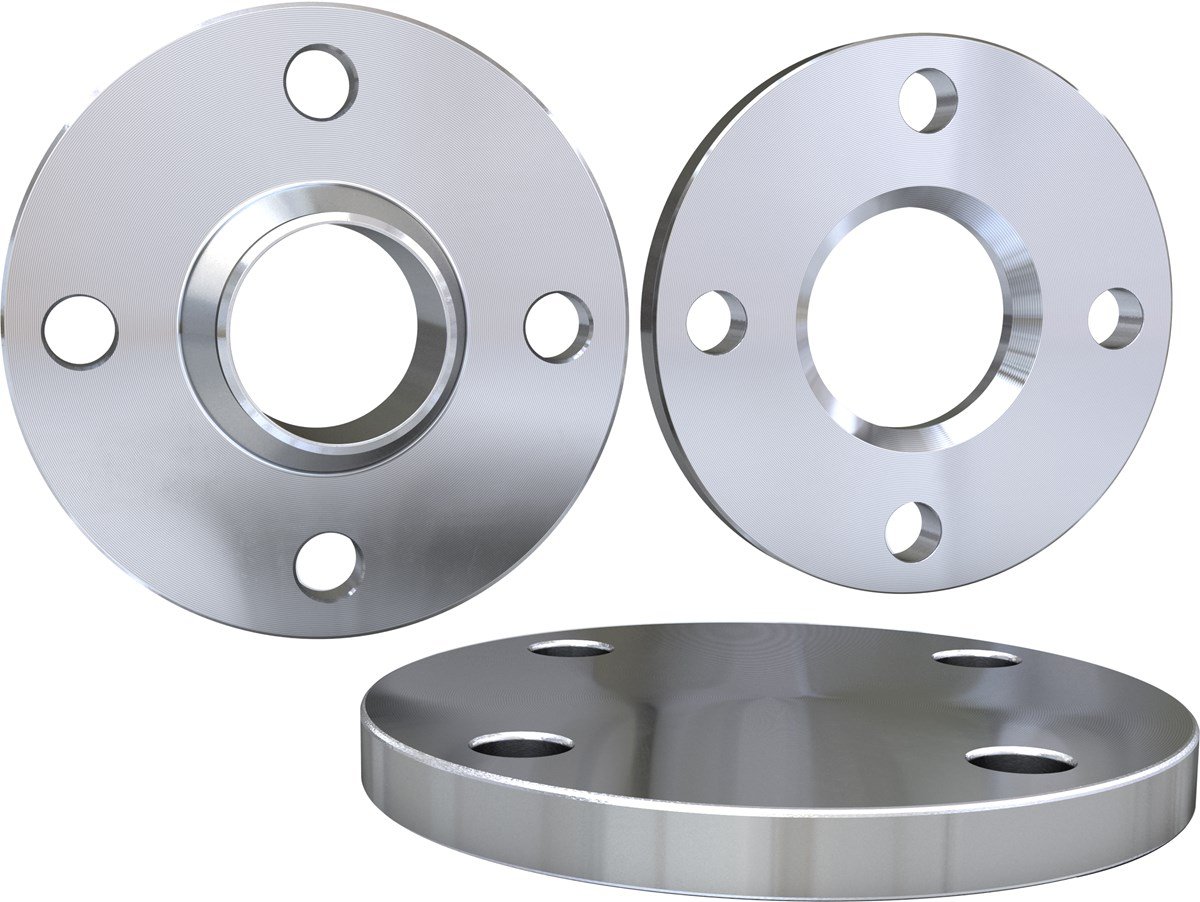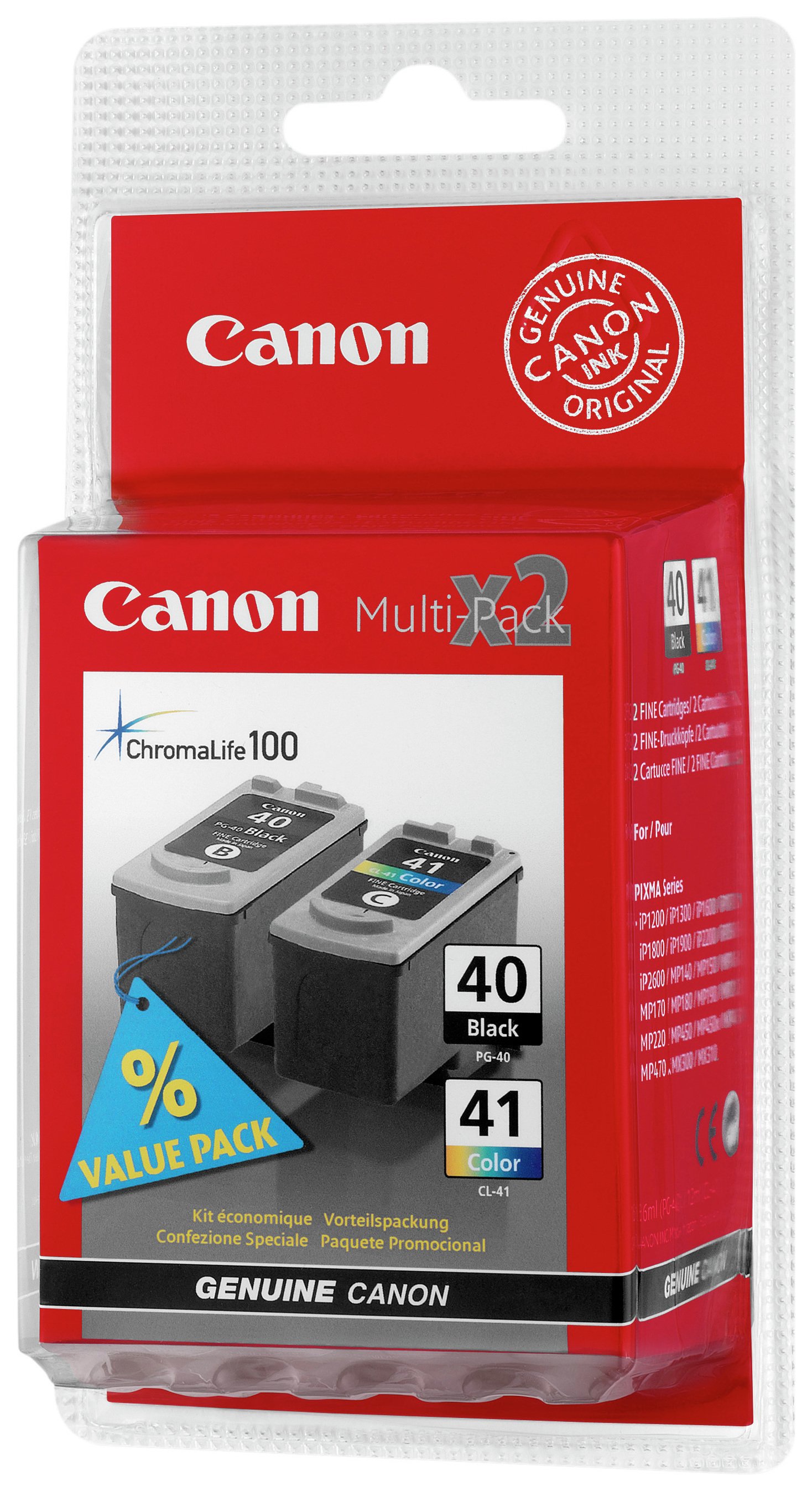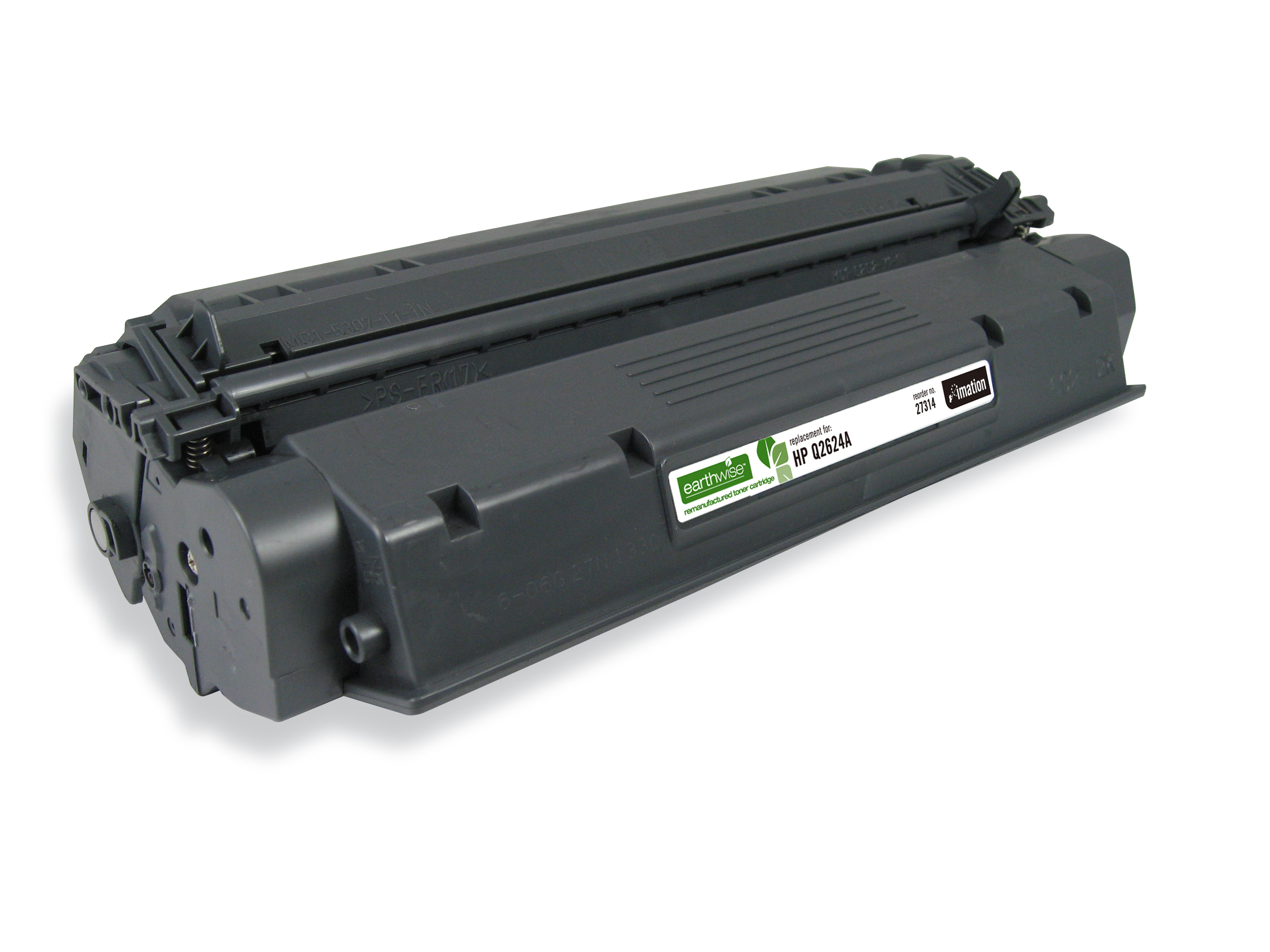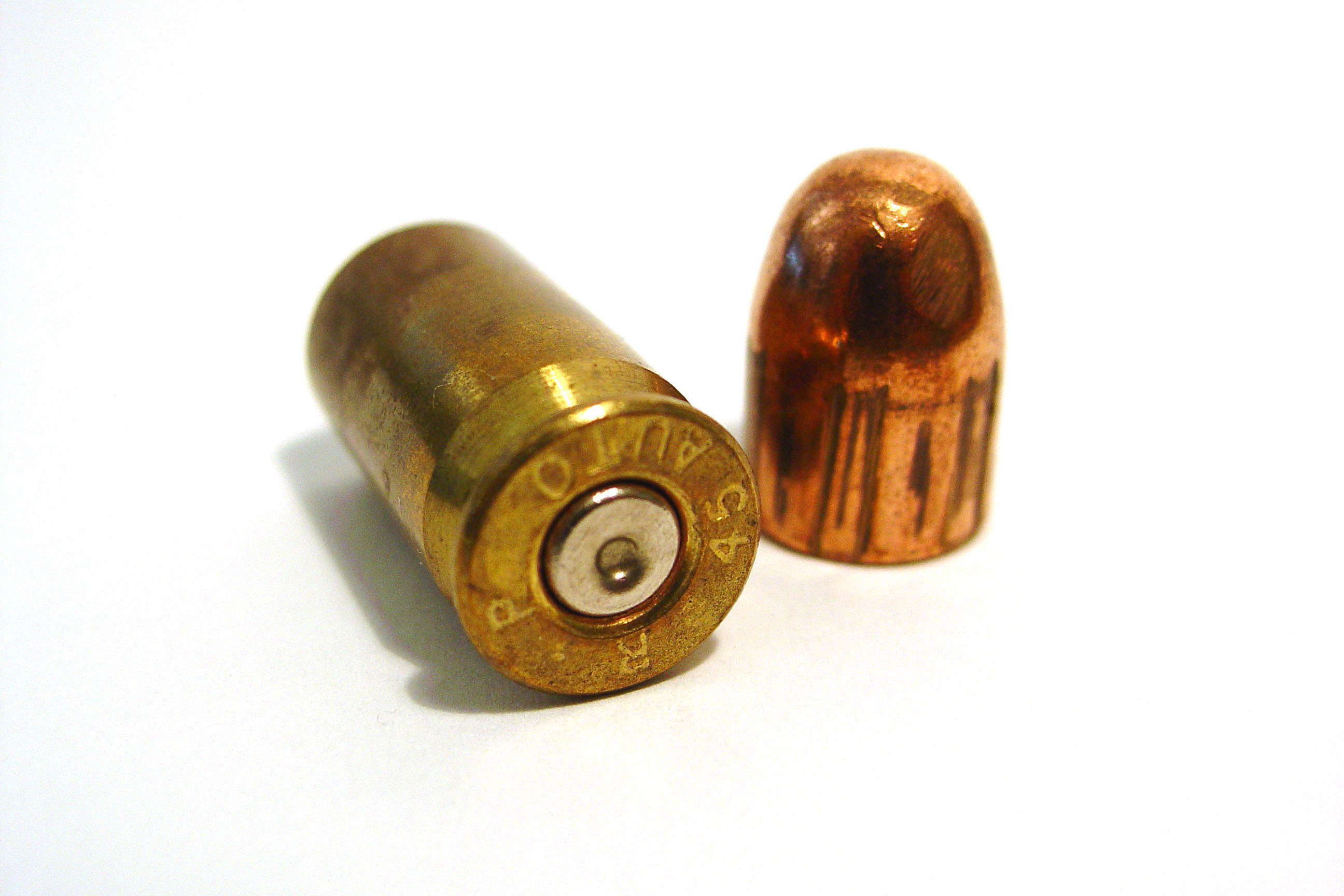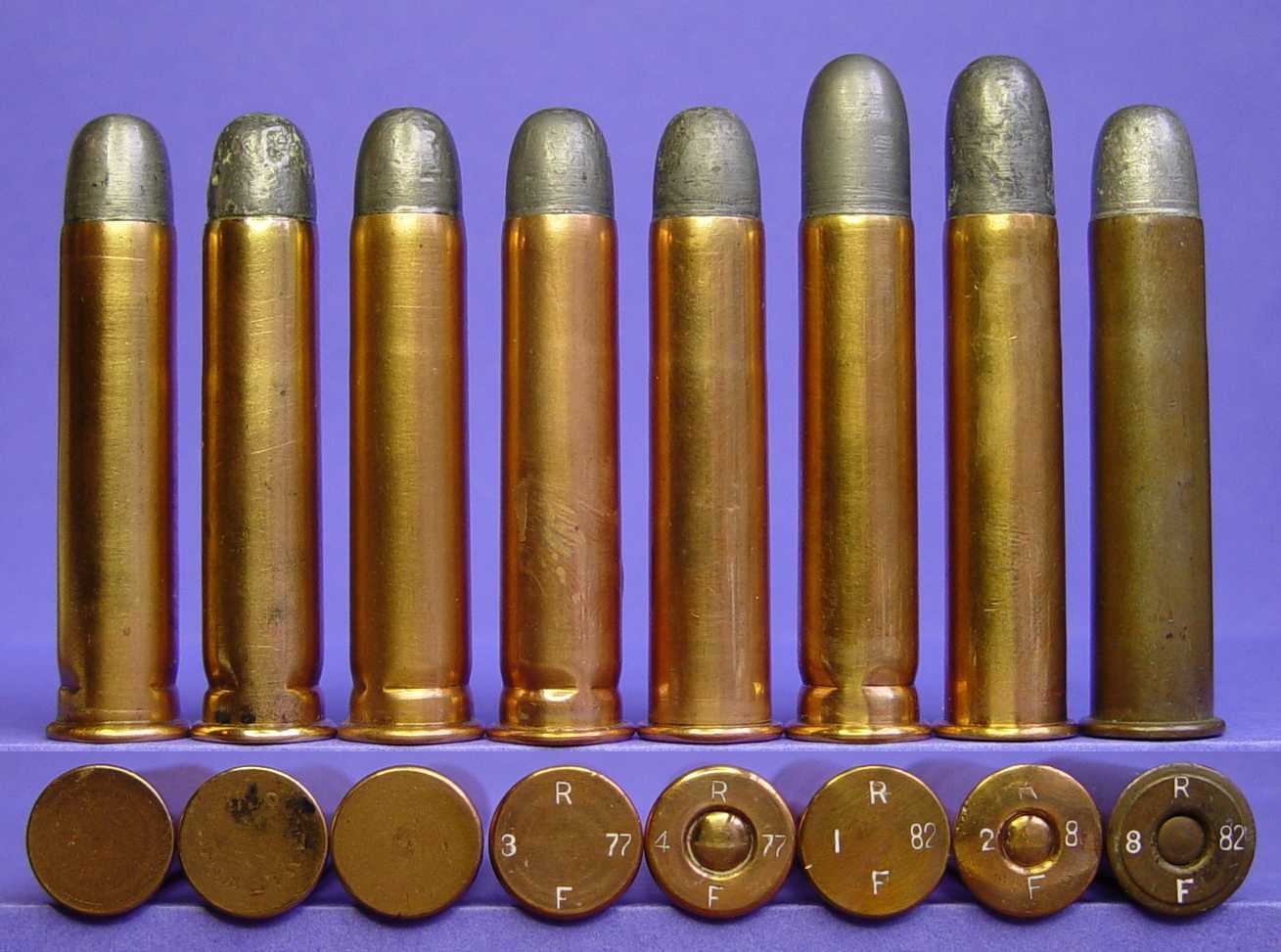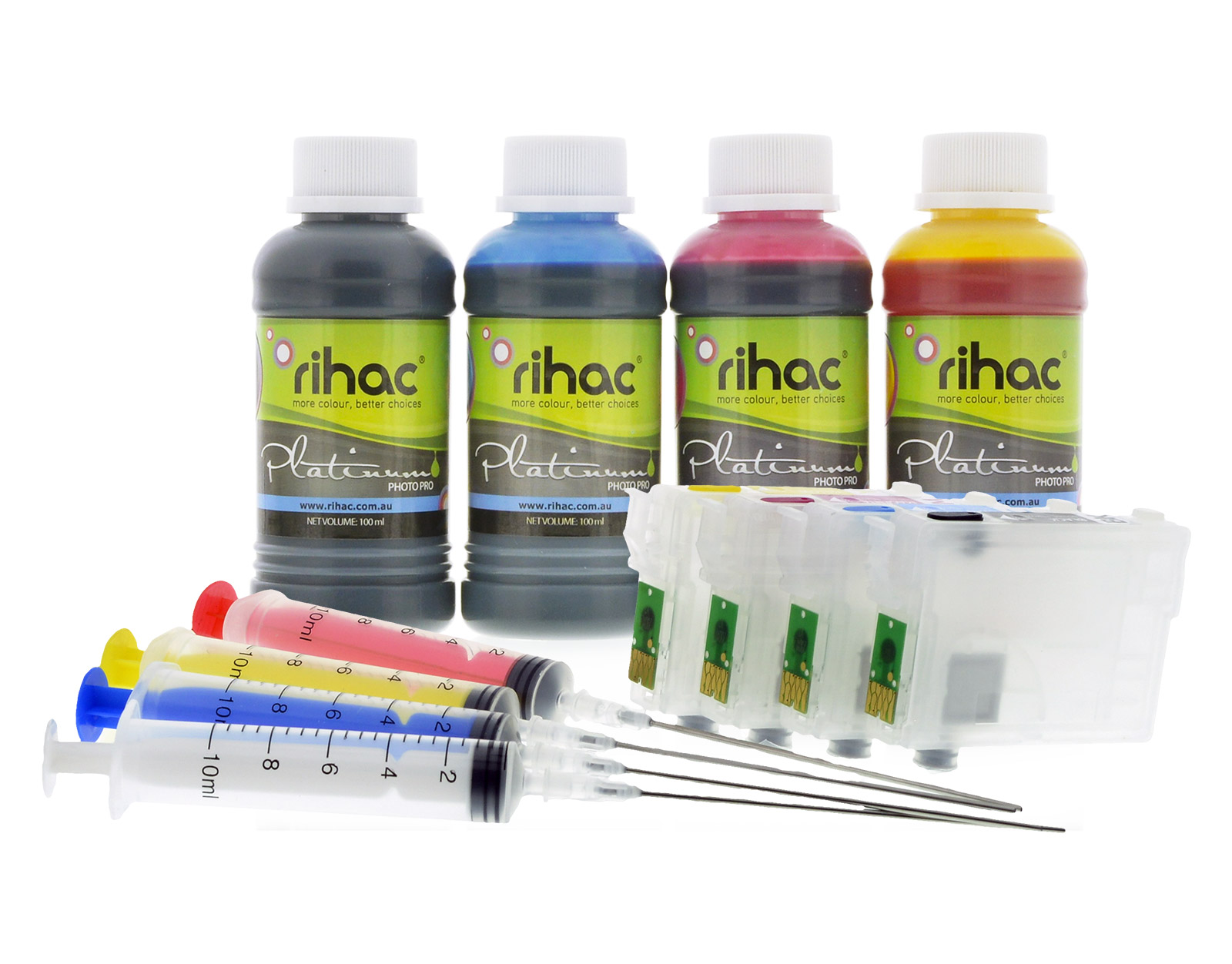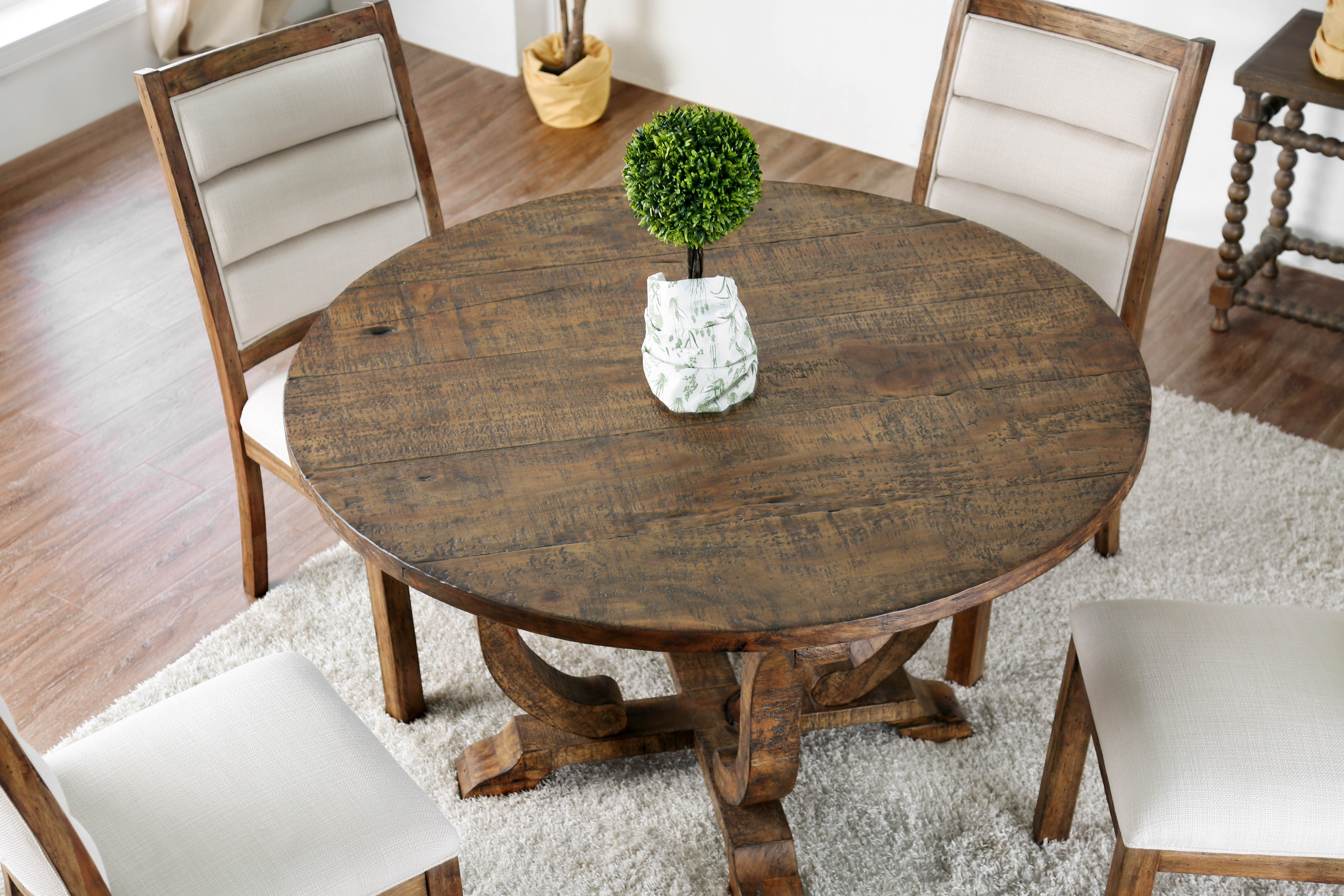The drain assembly is an essential part of any bathroom sink. It is responsible for carrying water and waste out of the sink and into the plumbing system. This assembly typically consists of a drain flange, gasket, and drain body. The drain flange, also known as the drain cover, is the visible part of the drain assembly. It is usually round and sits on top of the drain hole in the sink. The color and style of the drain flange can add to the overall aesthetic of the sink. The gasket is a small rubber or silicone ring that helps create a watertight seal between the drain flange and the sink. It prevents water from leaking out of the sink and into the cabinet below. The drain body is the part of the assembly that connects to the drain pipe and carries water away from the sink. It is usually made of metal and has threads on the end for attaching the drain pipe.1. Drain Assembly
The pop-up assembly, also known as the pop-up drain, is a mechanism that allows you to open and close the drain in your sink. It is located under the sink and is connected to a lever or knob on the top of the faucet. The pop-up stopper is the visible part of the assembly that sits in the drain and prevents water from flowing out. When you pull up on the lever or knob, the stopper lifts up, allowing water to drain out. Pushing it down again closes the drain. The pop-up rod is the metal rod that connects the stopper to the lever or knob on the faucet. When you move the lever or knob, it pushes or pulls the rod, which in turn opens or closes the stopper. The ball rod is another essential part of the pop-up assembly. It connects the pop-up rod to the drain body and allows the stopper to move up and down.2. Pop-Up Assembly
The overflow cover is a small metal or plastic plate that sits below the sink's rim and covers the overflow hole. The purpose of the overflow cover is to prevent the sink from overflowing if the drain becomes clogged. The overflow hole is a small opening located near the top of the sink's basin. It connects to the drain pipe and acts as a secondary outlet for water to drain out of the sink if the main drain becomes blocked. Some sinks may have a separate overflow drain in addition to the main drain. This is a second drain located near the top of the sink's basin and is connected to the overflow cover. It serves the same purpose as the overflow hole.3. Overflow Cover
The stopper, also known as the sink plug, is a small device that sits in the drain and prevents water from flowing out of the sink. It can be opened and closed by pulling on a lever or knob on the top of the faucet. The lever or knob on the faucet that controls the stopper is usually located behind the spout. When pulled up or pushed down, it moves the stopper up and down, allowing water to drain out or stay in the sink. There are various types of stoppers, including push-and-pull stoppers and twist-and-turn stoppers. The type of stopper you have will depend on the specific model of your sink and faucet.4. Stopper
The tailpiece is a straight piece of pipe that connects the bottom of the sink's drain to the P-trap. It is usually made of metal and has threads on both ends for easy installation. The length and diameter of the tailpiece can vary depending on the height of your sink and the distance to the P-trap. It is essential to measure these dimensions accurately to ensure a proper fit. In some cases, you may need to use a tailpiece extension if the distance between the sink's drain and the P-trap is more than what the standard tailpiece can accommodate.5. Tailpiece
The P-trap is a curved piece of pipe that connects the tailpiece to the wall's plumbing. It is shaped like the letter "P" and is designed to trap a small amount of water, creating a seal that prevents sewer gases from entering your bathroom. The size and shape of the P-trap can vary, but it is usually made of PVC or metal. It is essential to regularly clean and maintain your P-trap to prevent clogs and unpleasant odors in your bathroom. If you notice a leak or foul smell coming from your P-trap, it may be time to replace it with a new one. P-traps are relatively inexpensive and easy to install, making it a quick fix for a common plumbing issue.6. P-Trap
The supply lines are the pipes that bring hot and cold water from the main water supply to your faucet and sink. They are usually made of flexible metal or plastic and are connected to the shut-off valves under the sink. The length and material of the supply lines can vary depending on the distance between your sink and the shut-off valves. It is essential to ensure that the supply lines are long enough to reach the valves without being too loose or tight. In some cases, you may need to replace your supply lines if they are old, damaged, or if you are installing a new faucet or sink. It is recommended to use high-quality, braided stainless steel supply lines for durability and longevity.7. Supply Lines
The escutcheon, also known as the flange or cover plate, is a decorative piece that covers the hole in the sink or countertop where the faucet is installed. It provides a finished look and helps prevent water from seeping into the hole. The shape and design of the escutcheon can vary, but it is usually made of metal or plastic. Some faucets may come with an escutcheon included, while others may require you to purchase one separately. If your faucet does not come with an escutcheon, it is recommended to install one to prevent water damage to your sink or countertop.8. Escutcheon
The flange, also known as the rim or lip, is the raised edge around the top of the sink's basin. It helps keep water from splashing out of the sink and also adds to the sink's overall design and aesthetic. The size and shape of the flange can vary, but it is usually made of ceramic, porcelain, or metal. It is essential to regularly clean and maintain the flange to prevent hard water stains and buildup. If you notice any cracks or damage to the flange, it may be time to replace your sink. Flanges that are not properly sealed to the countertop can also cause water damage and should be repaired or replaced as soon as possible.9. Flange
The cartridge is a small device inside the faucet that controls the flow and temperature of the water. It is responsible for mixing hot and cold water and directing it to the spout and/or side sprayer. The type and number of cartridges in a faucet can vary, but they are usually made of ceramic or plastic. Some faucets may have one cartridge, while others may have multiple cartridges for each handle. If you notice a leak or inconsistent water flow from your faucet, it may be time to replace the cartridge. It is a relatively simple and inexpensive fix that can save you from bigger plumbing issues down the road. In conclusion, understanding the different bathroom sink part names is essential for proper maintenance and troubleshooting. From the drain assembly to the cartridge, each component plays a vital role in keeping your sink functioning correctly. Make sure to regularly clean and maintain these parts to avoid any potential plumbing problems in the future.10. Cartridge
Bathroom Sink Part Names: A Guide to Designing Your Dream Bathroom

Introduction
 When it comes to designing a bathroom, there are countless options and details to consider. From the type of flooring to the style of the shower, every aspect of the design plays a crucial role in creating a functional and visually appealing space. One often overlooked detail in bathroom design is the sink. However, the sink is not only a practical necessity but also a key design element that can elevate the entire look and feel of your bathroom. In this article, we will explore the various parts that make up a bathroom sink and how they can impact the overall design of your dream bathroom.
When it comes to designing a bathroom, there are countless options and details to consider. From the type of flooring to the style of the shower, every aspect of the design plays a crucial role in creating a functional and visually appealing space. One often overlooked detail in bathroom design is the sink. However, the sink is not only a practical necessity but also a key design element that can elevate the entire look and feel of your bathroom. In this article, we will explore the various parts that make up a bathroom sink and how they can impact the overall design of your dream bathroom.
The Bowl or Basin
 The bowl or basin is the main component of a bathroom sink and comes in various shapes, sizes, and materials. The most common materials used for sink bowls are porcelain, ceramic, and glass. These materials not only offer a sleek and modern look but are also durable and easy to clean. For a more rustic or traditional look, you can opt for a stone or concrete sink bowl. Additionally, the shape and size of the bowl can greatly impact the functionality and design of your sink. A smaller, rectangular bowl may be more suitable for a compact bathroom, while a larger, round bowl can make a statement in a spacious and luxurious bathroom.
Bathroom sink parts: bowl, faucet, drain, stopper, trap, overflow, mounting hardware
The bowl or basin is the main component of a bathroom sink and comes in various shapes, sizes, and materials. The most common materials used for sink bowls are porcelain, ceramic, and glass. These materials not only offer a sleek and modern look but are also durable and easy to clean. For a more rustic or traditional look, you can opt for a stone or concrete sink bowl. Additionally, the shape and size of the bowl can greatly impact the functionality and design of your sink. A smaller, rectangular bowl may be more suitable for a compact bathroom, while a larger, round bowl can make a statement in a spacious and luxurious bathroom.
Bathroom sink parts: bowl, faucet, drain, stopper, trap, overflow, mounting hardware
The Faucet
 The faucet is another essential component of a bathroom sink and comes in a variety of styles and finishes. From sleek and modern to vintage and traditional, the faucet can add a touch of personality to your bathroom design. When choosing a faucet, consider the height and reach of the spout, as well as the type of handle, whether it be a single lever or separate handles for hot and cold water. You also want to ensure that the faucet complements the style and finish of the other fixtures in your bathroom, such as the showerhead and towel racks.
The faucet is another essential component of a bathroom sink and comes in a variety of styles and finishes. From sleek and modern to vintage and traditional, the faucet can add a touch of personality to your bathroom design. When choosing a faucet, consider the height and reach of the spout, as well as the type of handle, whether it be a single lever or separate handles for hot and cold water. You also want to ensure that the faucet complements the style and finish of the other fixtures in your bathroom, such as the showerhead and towel racks.
The Drain and Stopper
 While often overlooked, the drain and stopper are crucial parts of a bathroom sink. The drain is responsible for carrying away water and debris, while the stopper can prevent water from draining out. When selecting a drain and stopper, consider the type of sink you have, as well as the style and finish that will best match your faucet and other fixtures. A pop-up drain with a matching stopper is a popular choice for modern bathroom designs, while a traditional sink may have a plug and chain stopper.
While often overlooked, the drain and stopper are crucial parts of a bathroom sink. The drain is responsible for carrying away water and debris, while the stopper can prevent water from draining out. When selecting a drain and stopper, consider the type of sink you have, as well as the style and finish that will best match your faucet and other fixtures. A pop-up drain with a matching stopper is a popular choice for modern bathroom designs, while a traditional sink may have a plug and chain stopper.
The Trap and Overflow
 The trap and overflow are essential for keeping your sink clean and preventing clogs. The trap is a curved pipe that holds water and debris, while the overflow is a secondary opening near the top of the bowl that prevents the sink from overflowing. Both of these components can be hidden behind the wall or exposed, depending on your preference. Additionally, you can choose a P-trap or S-trap, which differ in the shape of the curve and can impact the overall look of your sink.
The trap and overflow are essential for keeping your sink clean and preventing clogs. The trap is a curved pipe that holds water and debris, while the overflow is a secondary opening near the top of the bowl that prevents the sink from overflowing. Both of these components can be hidden behind the wall or exposed, depending on your preference. Additionally, you can choose a P-trap or S-trap, which differ in the shape of the curve and can impact the overall look of your sink.


